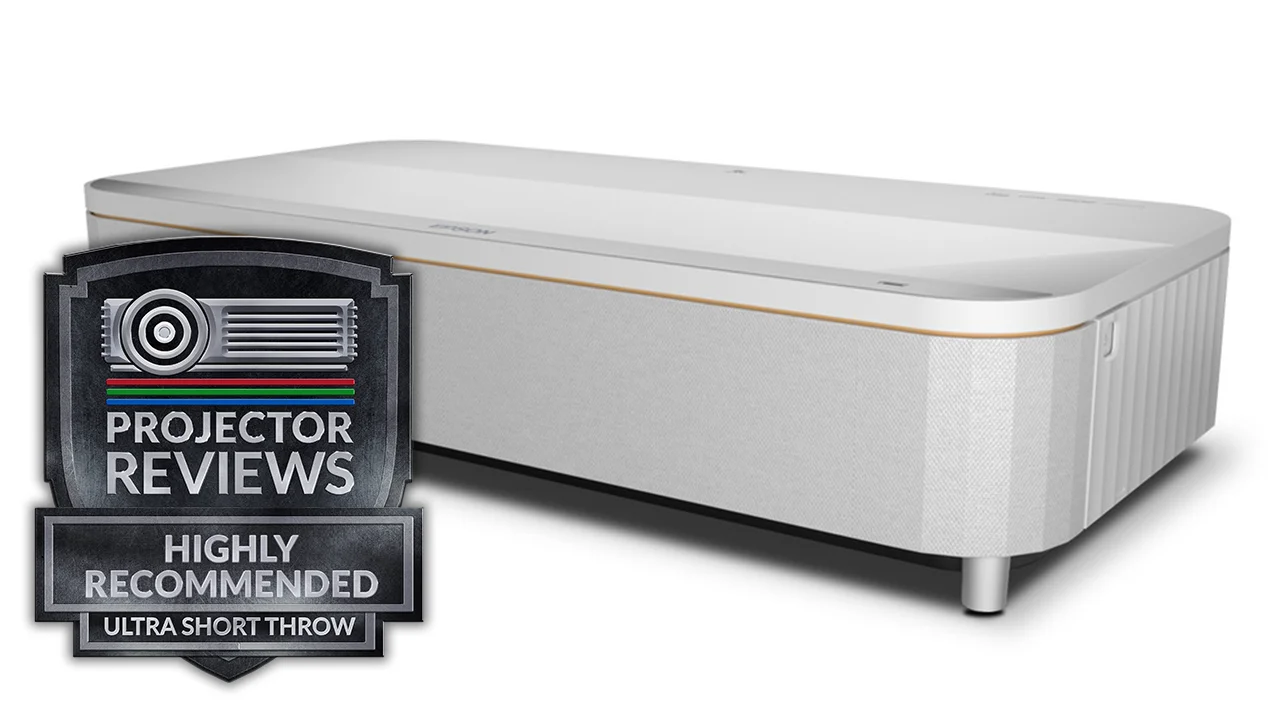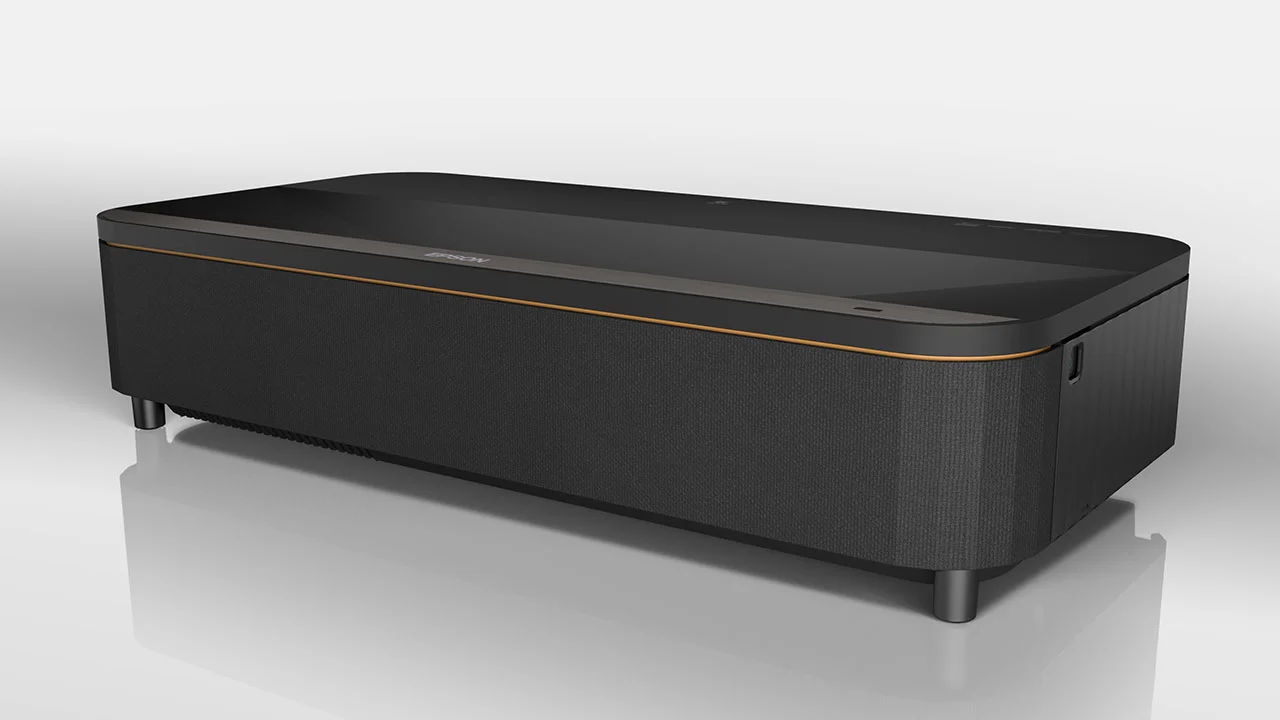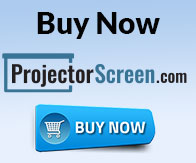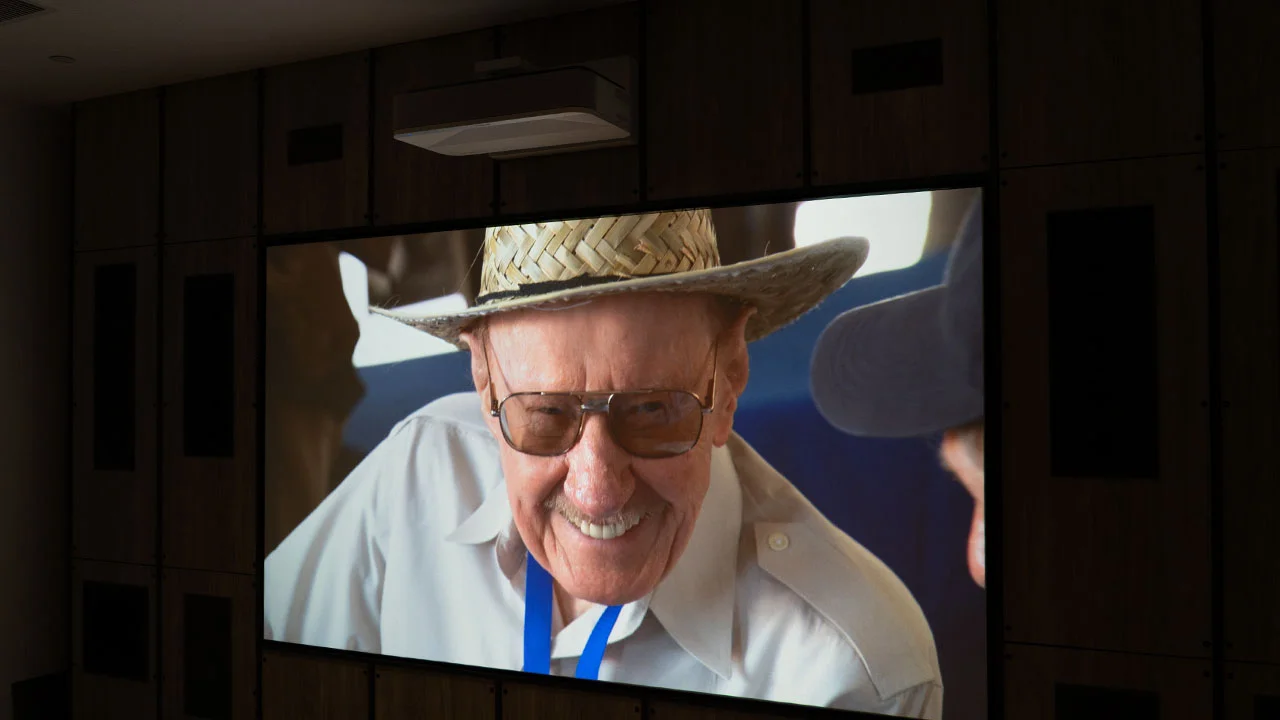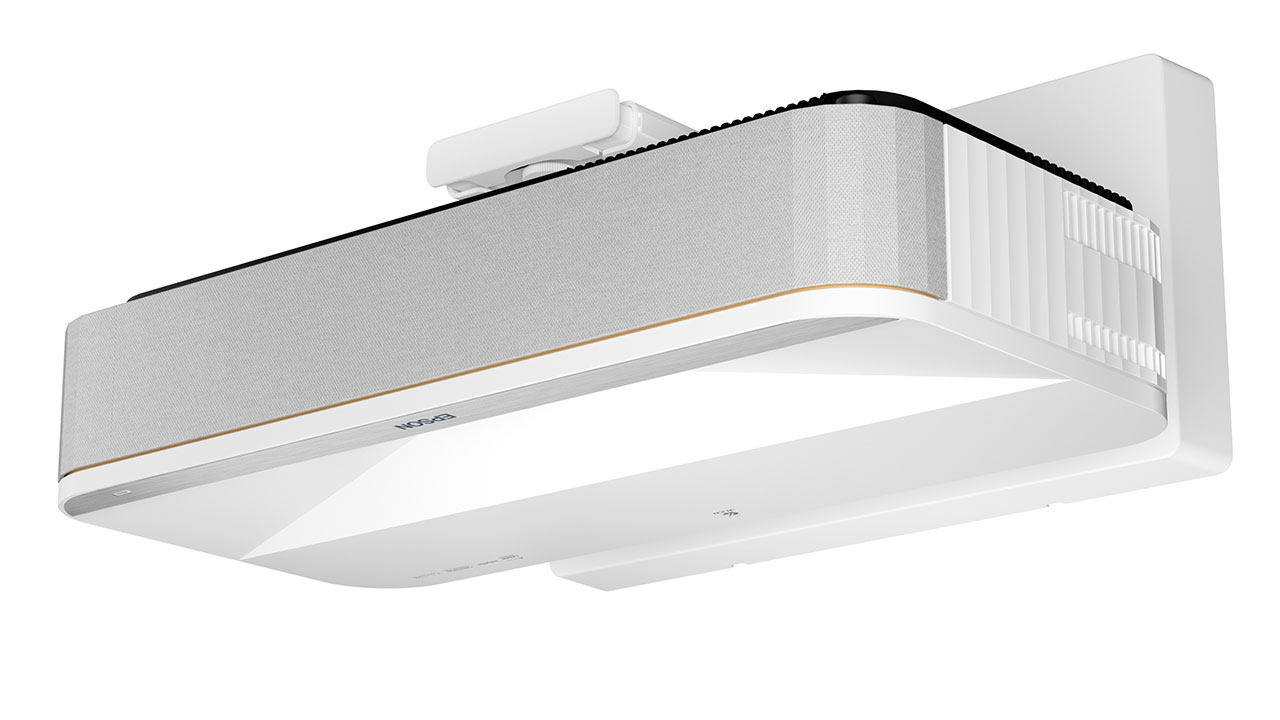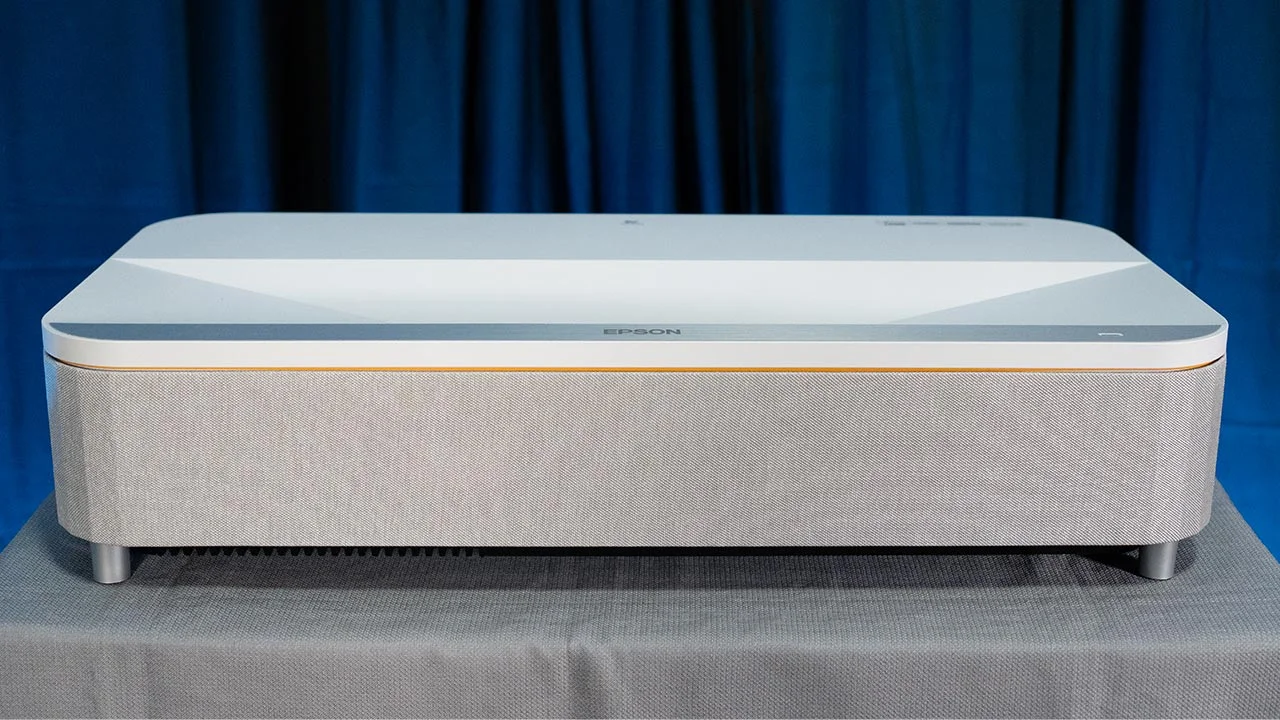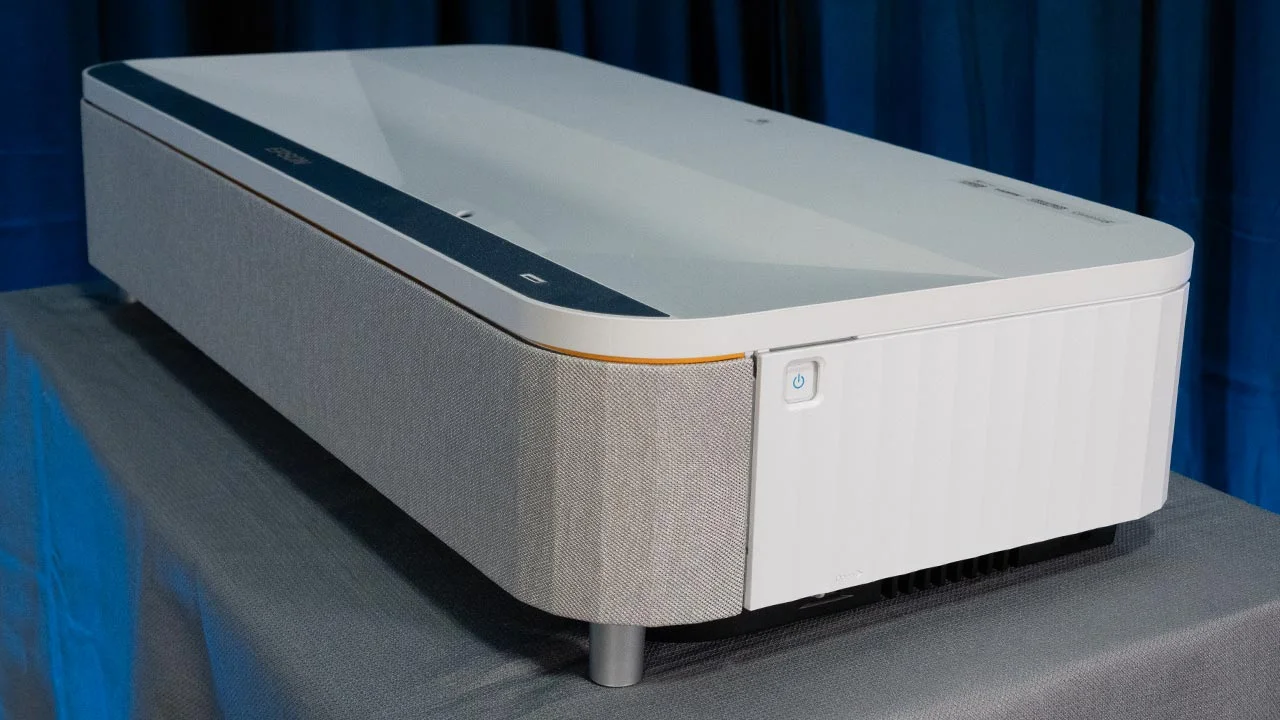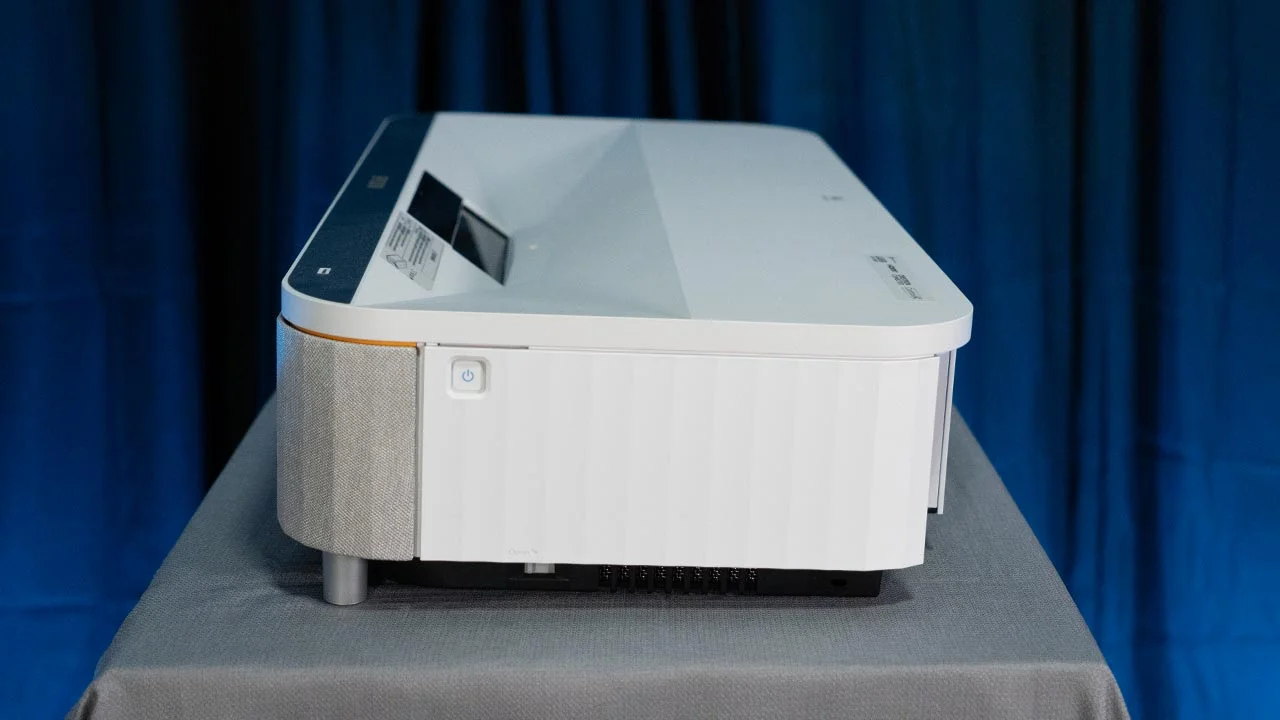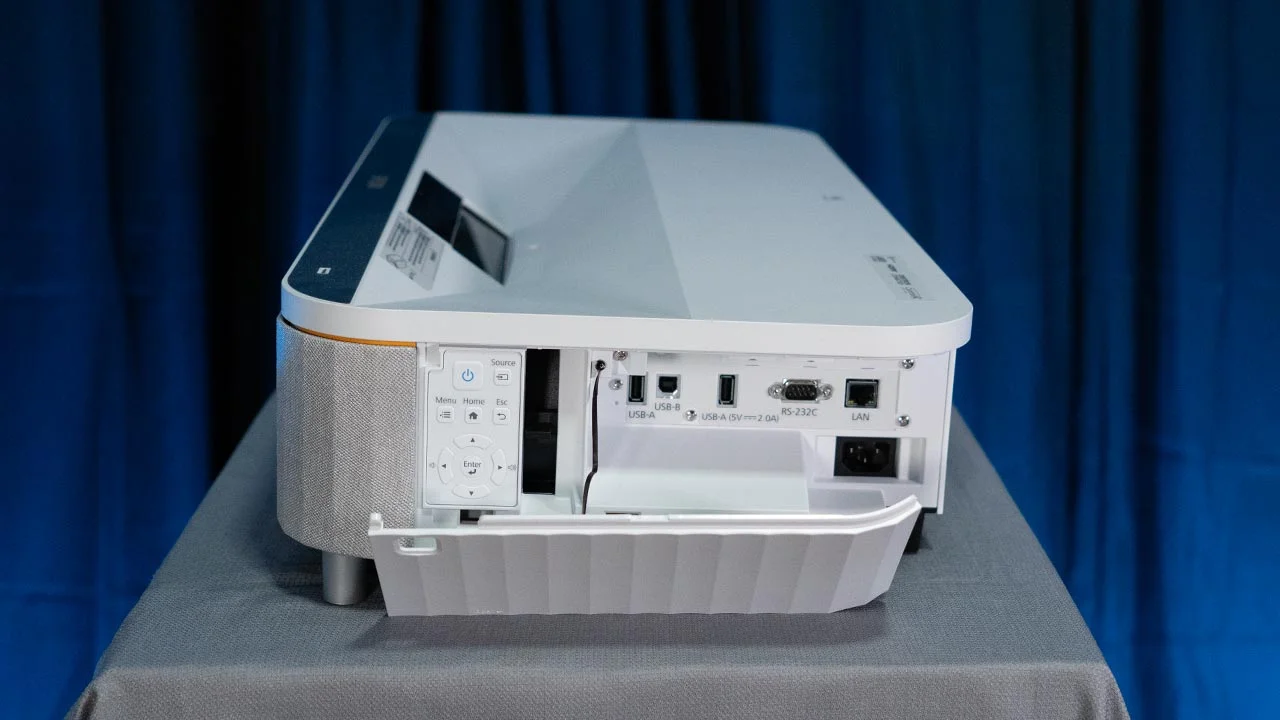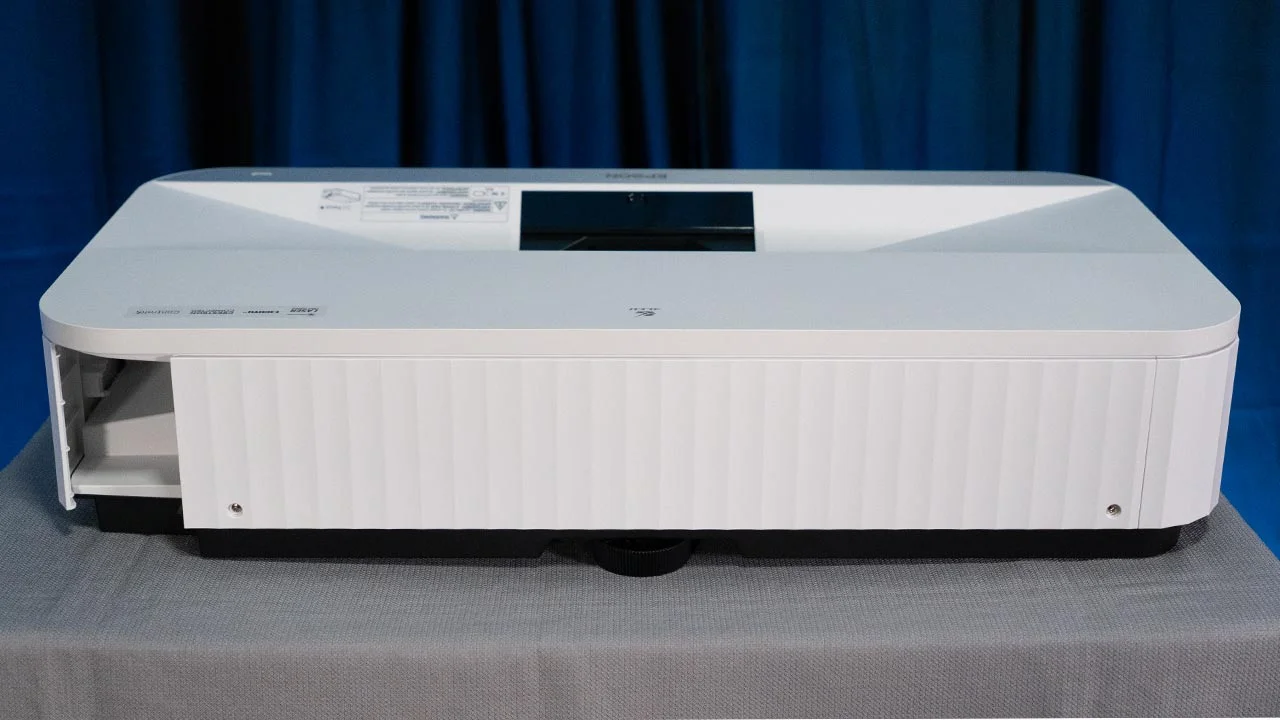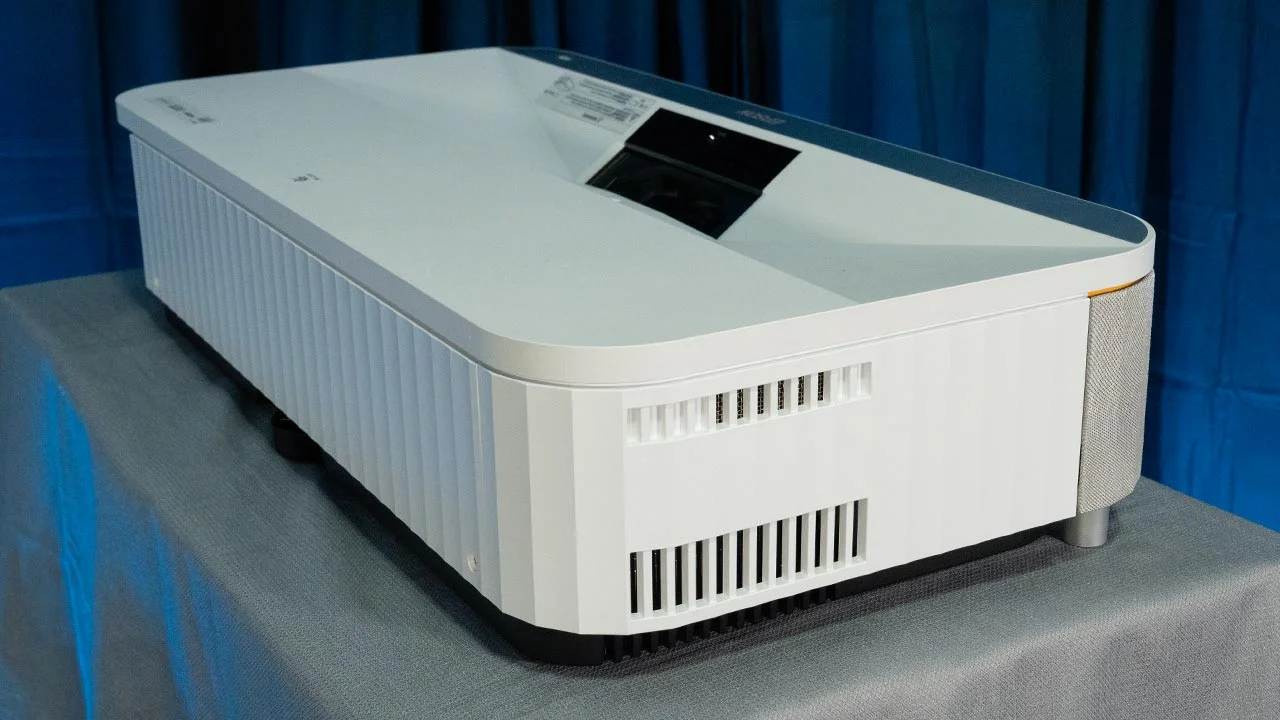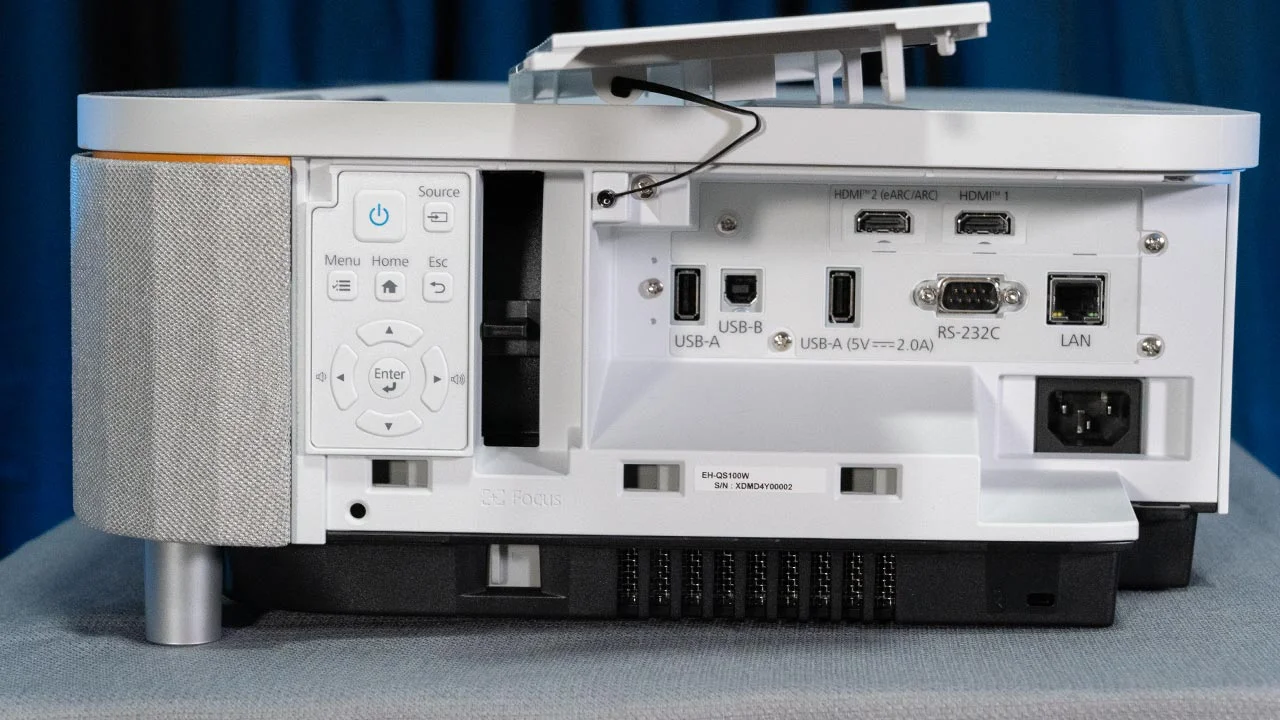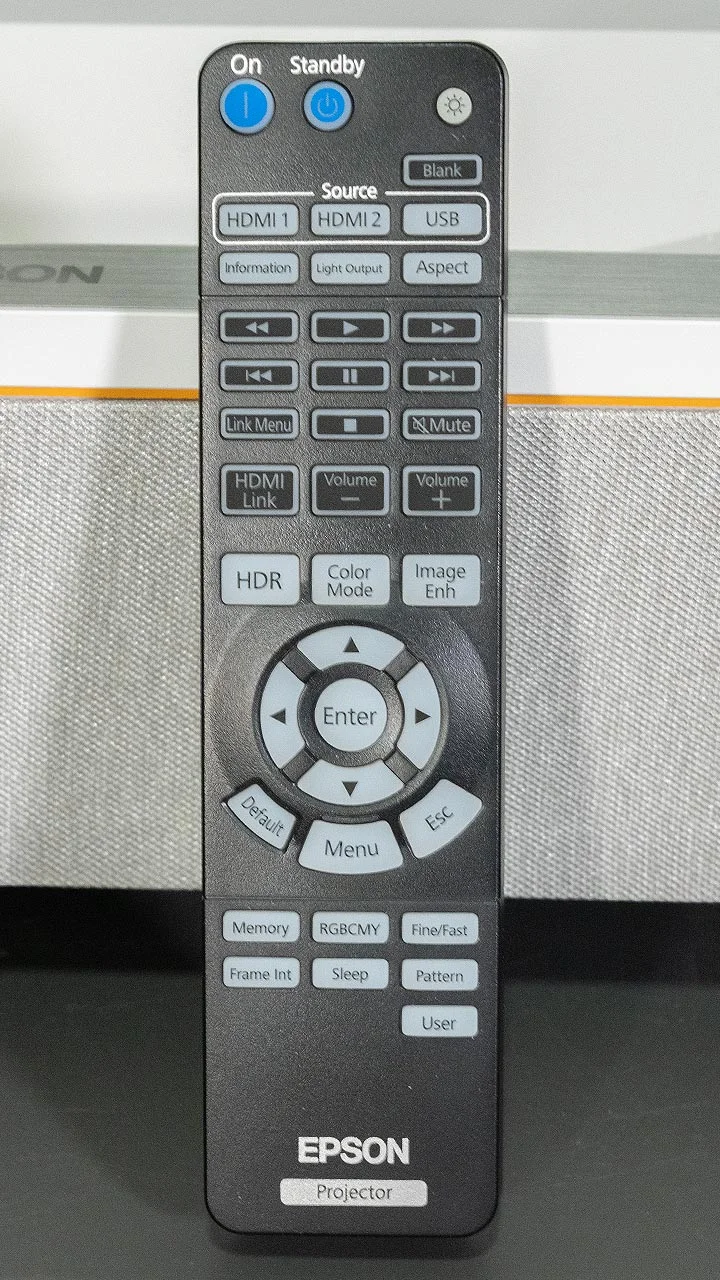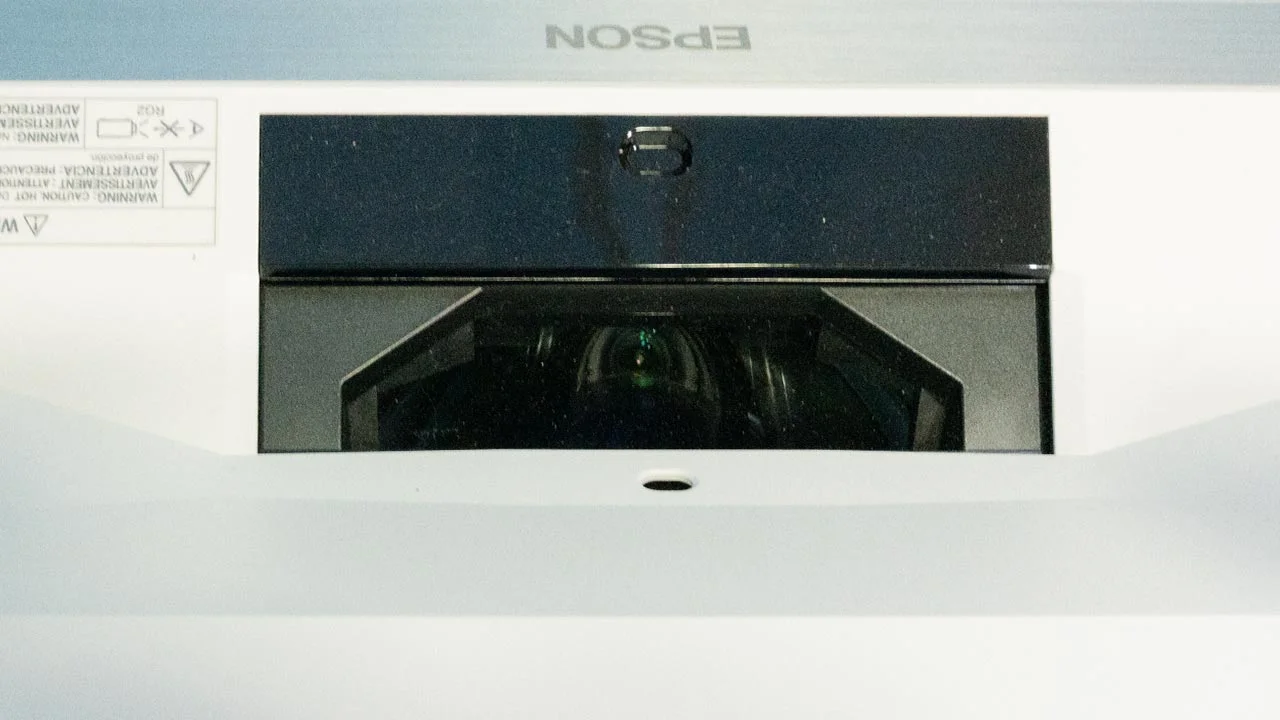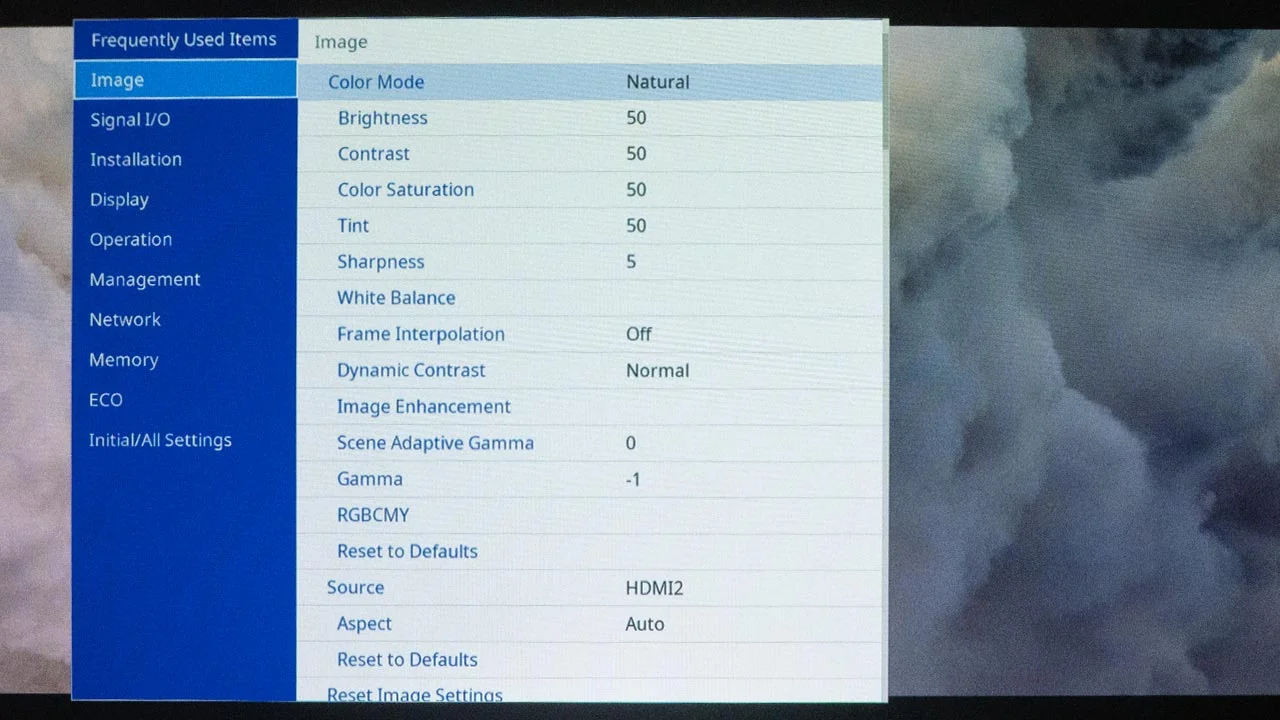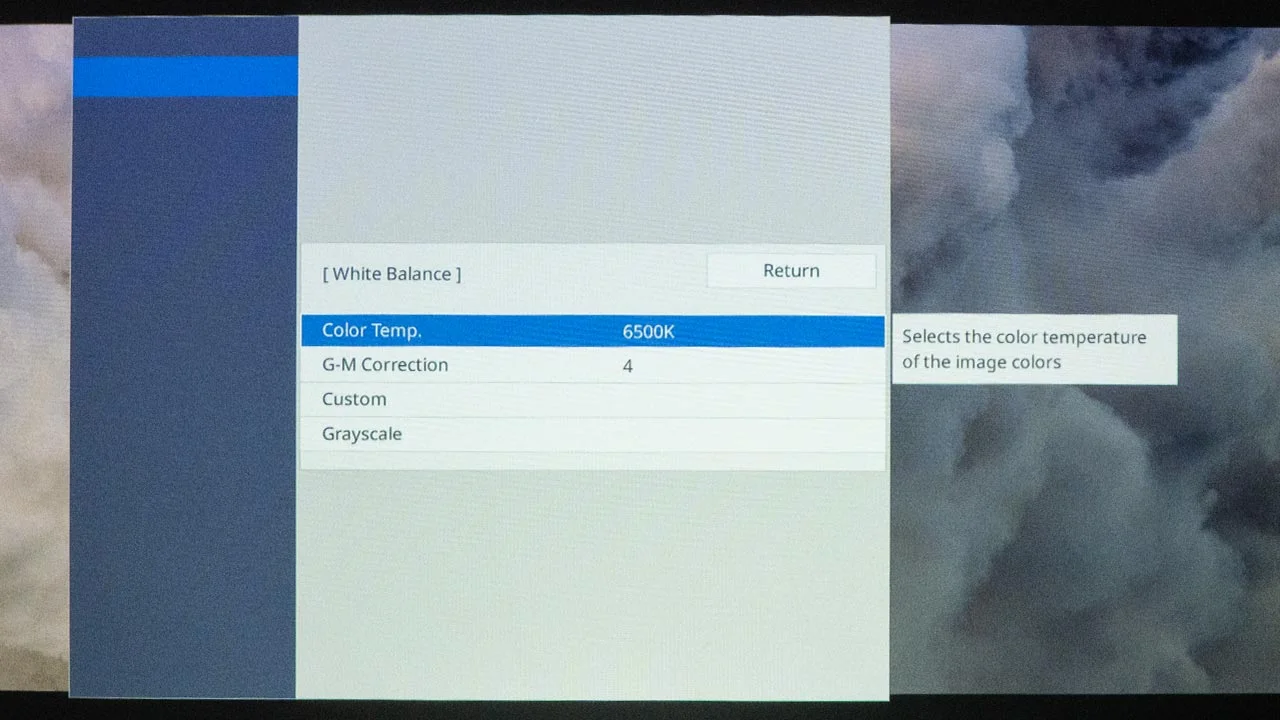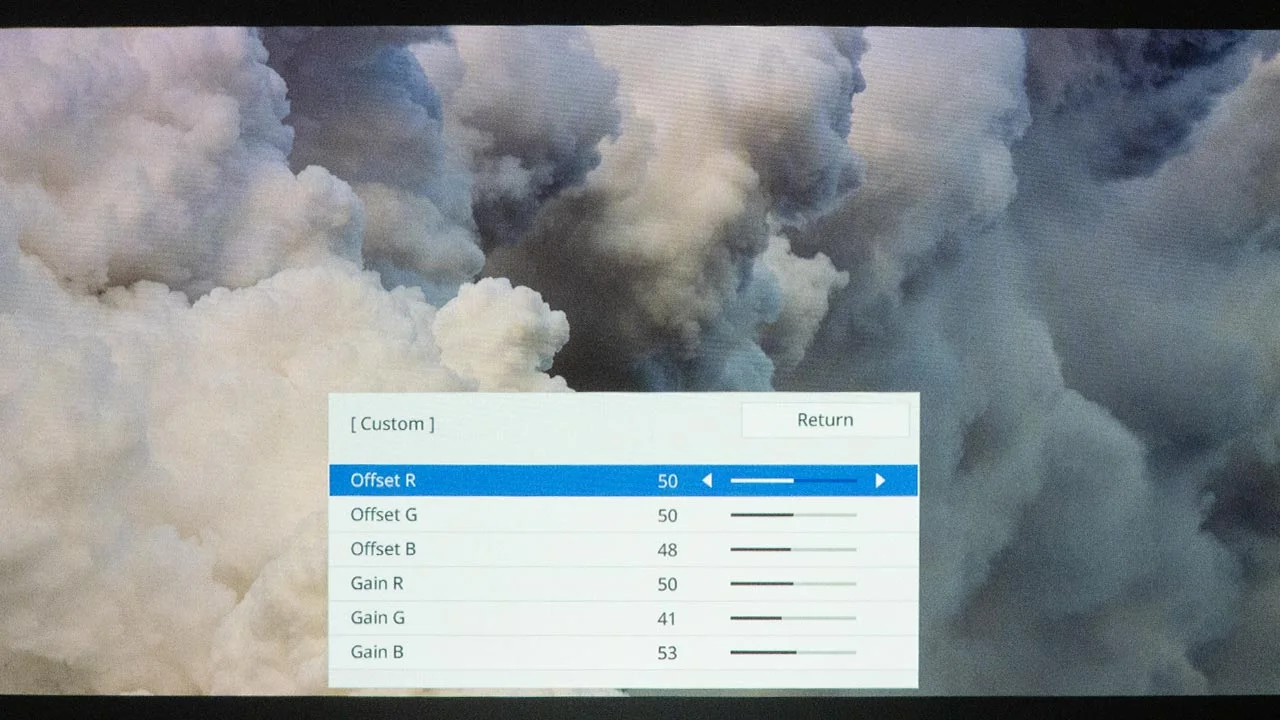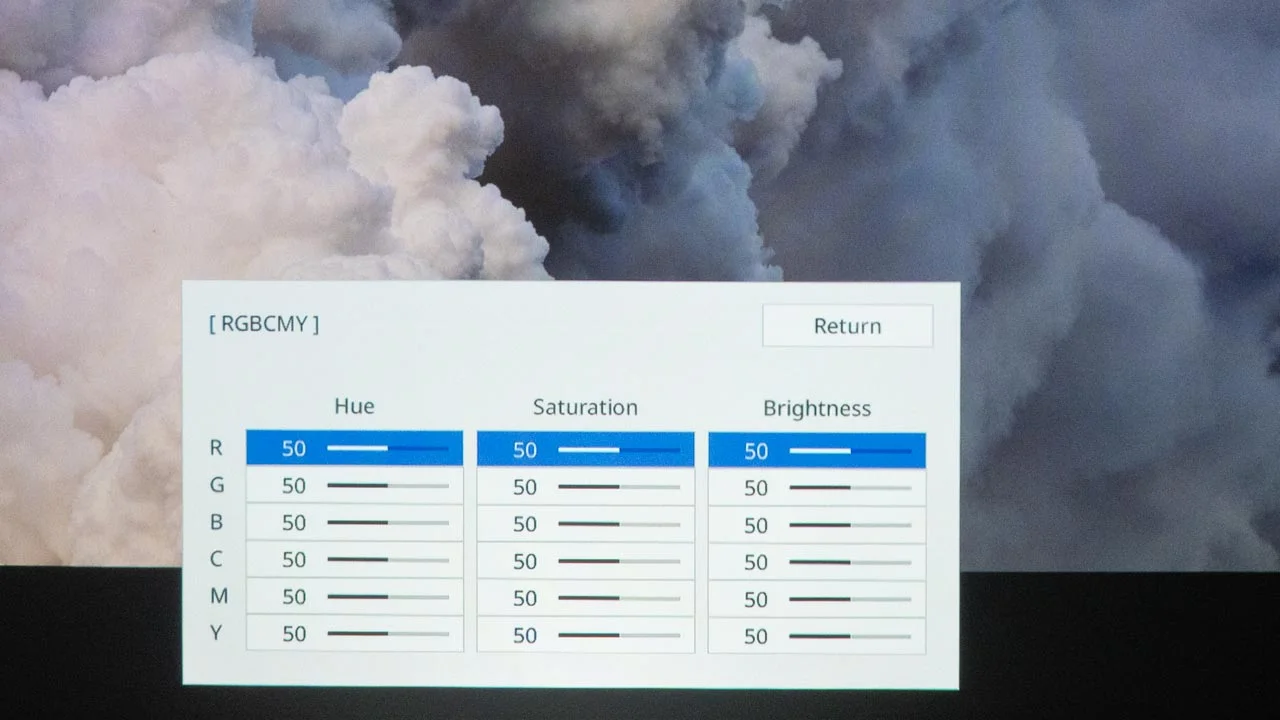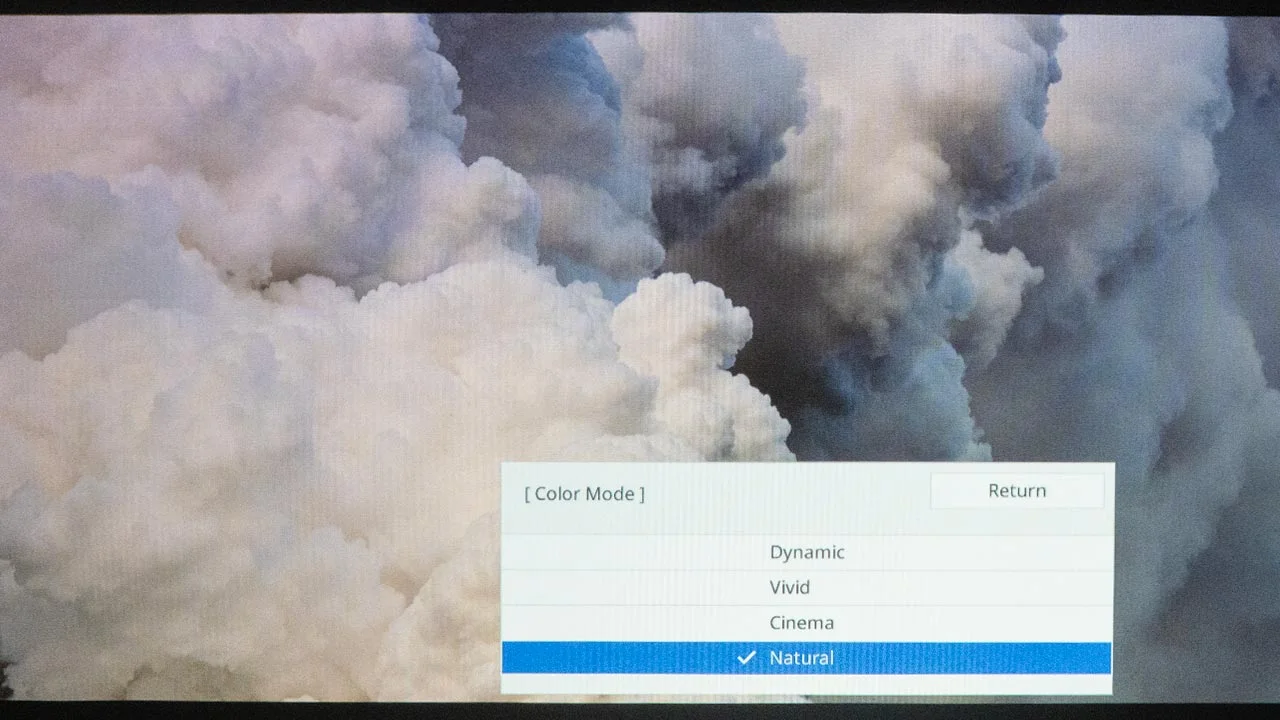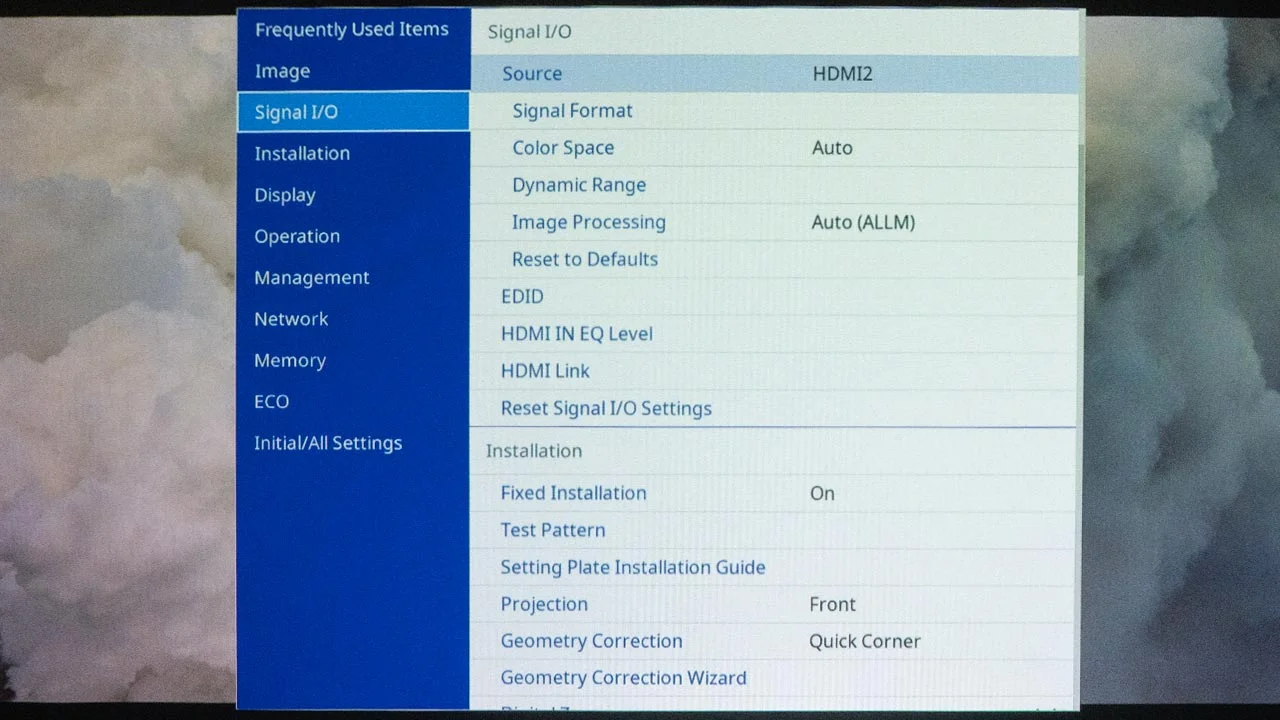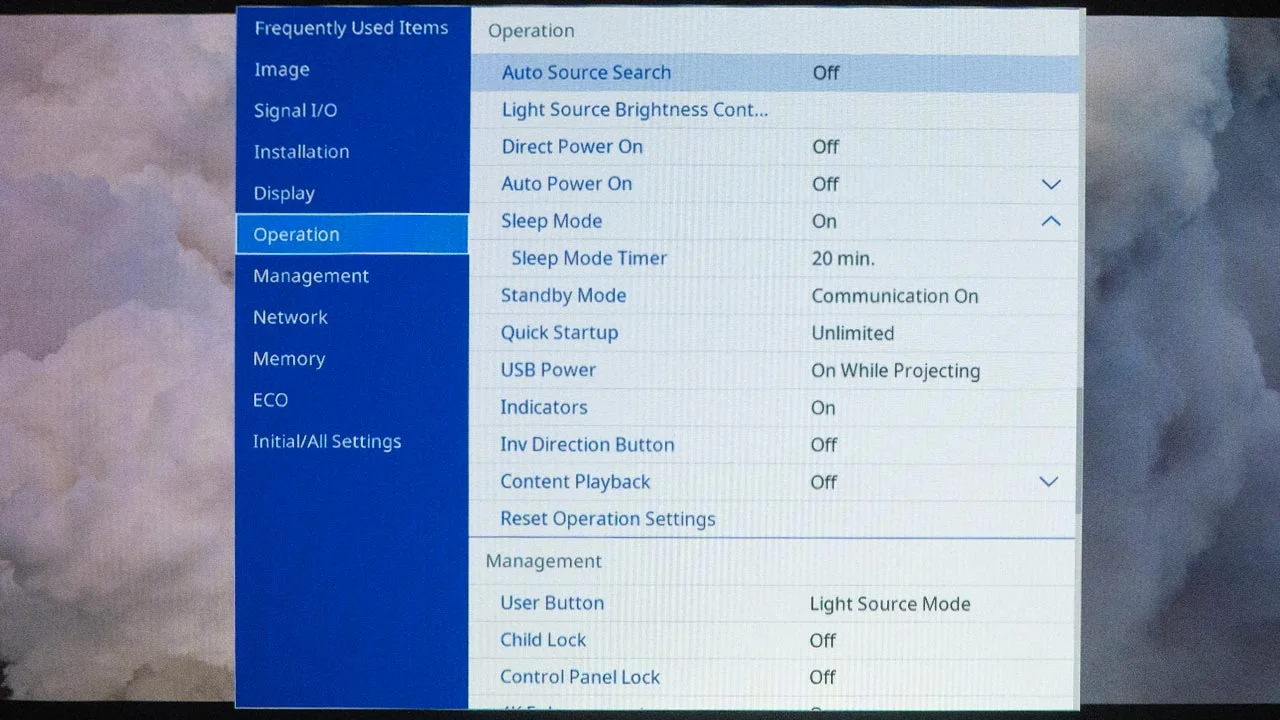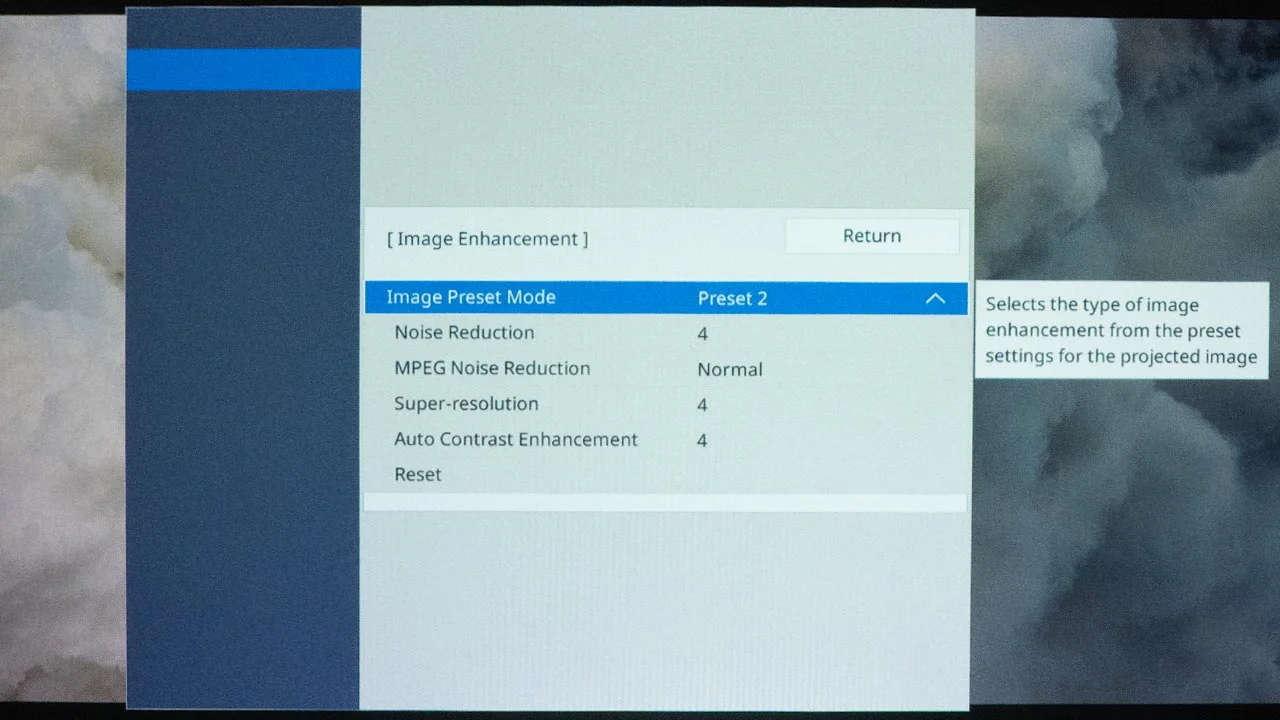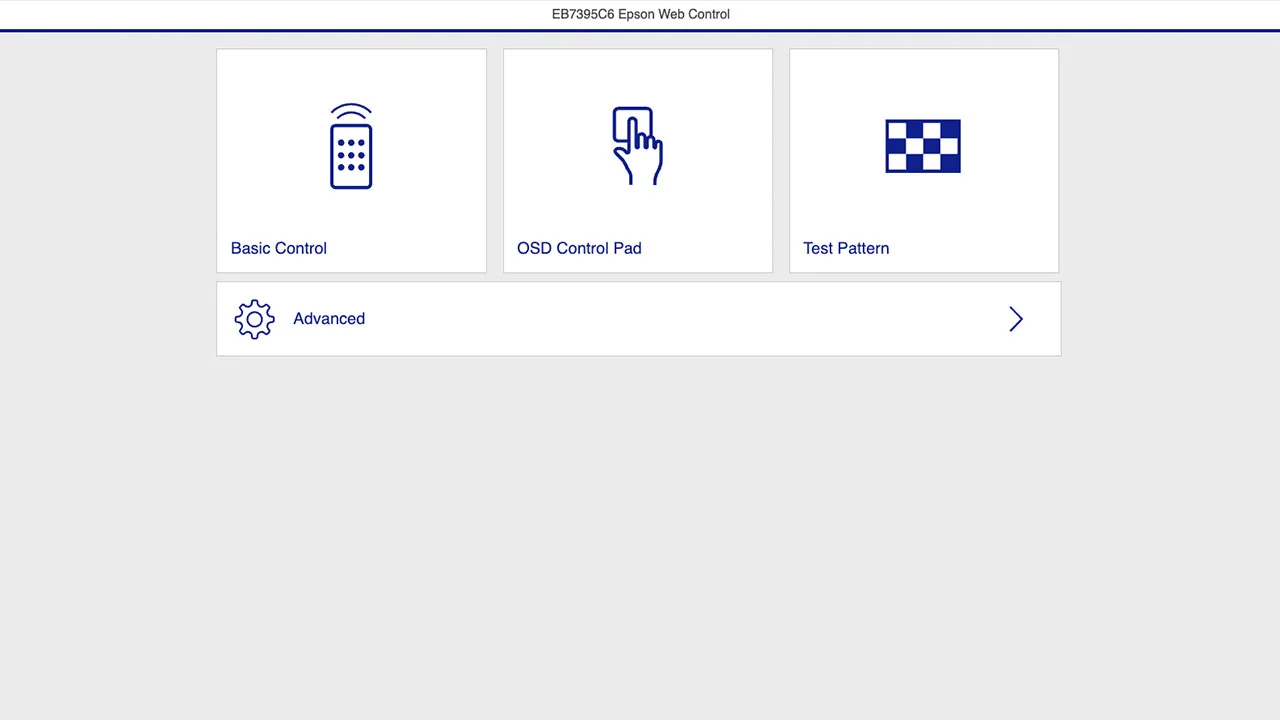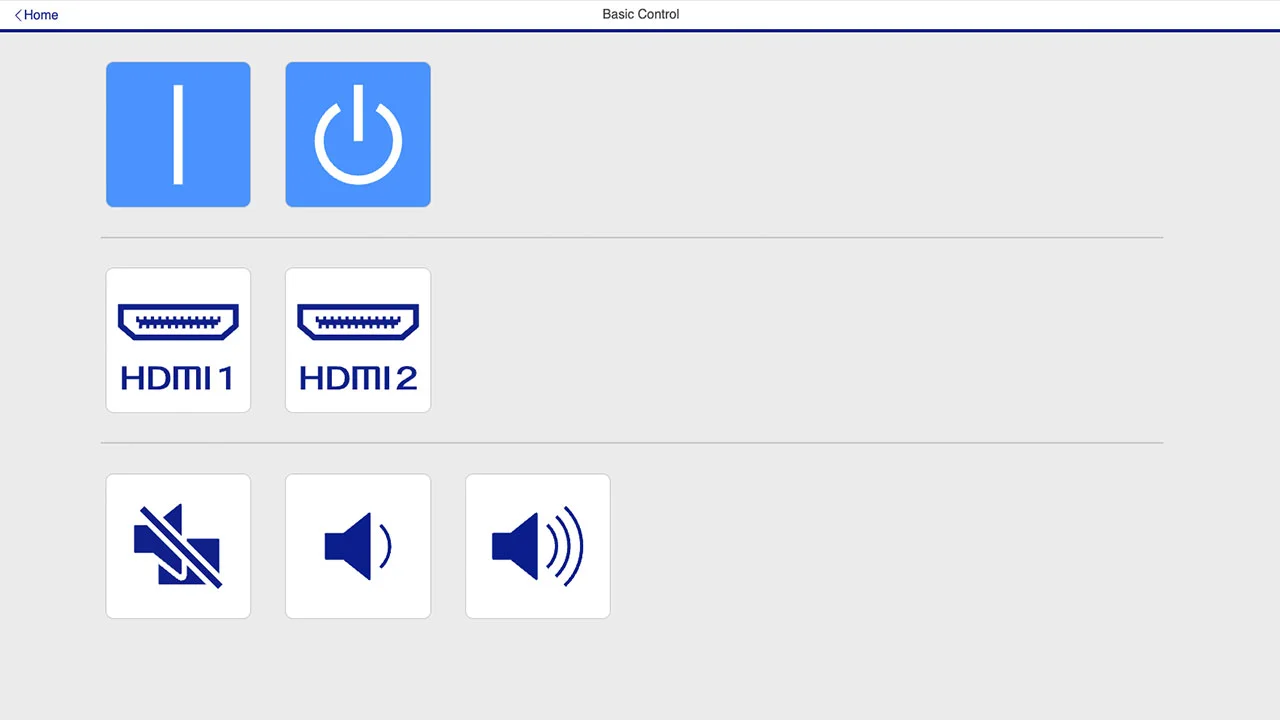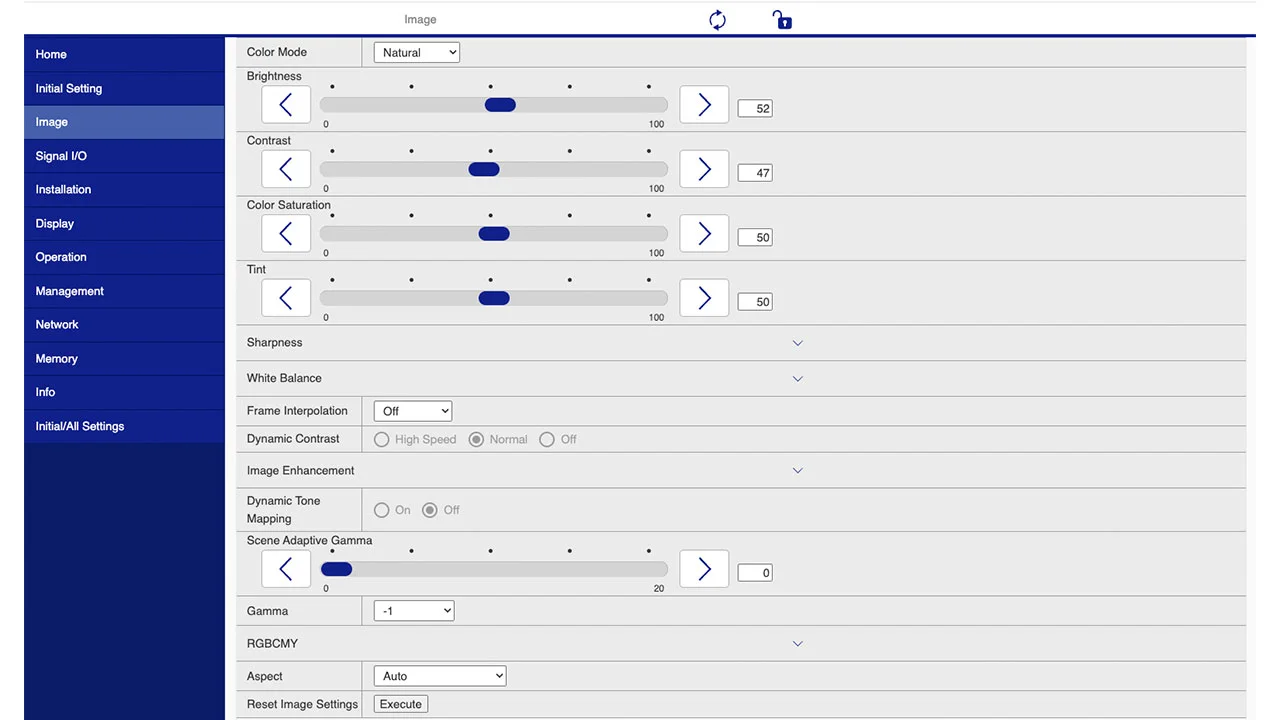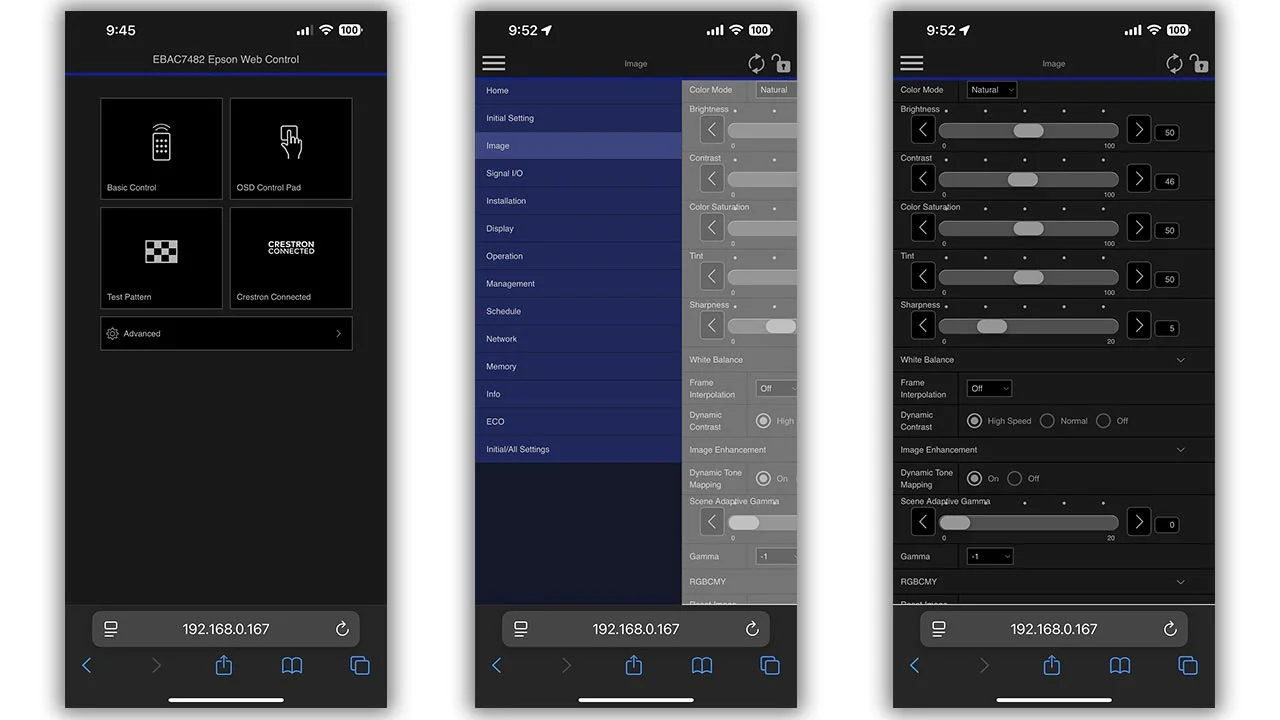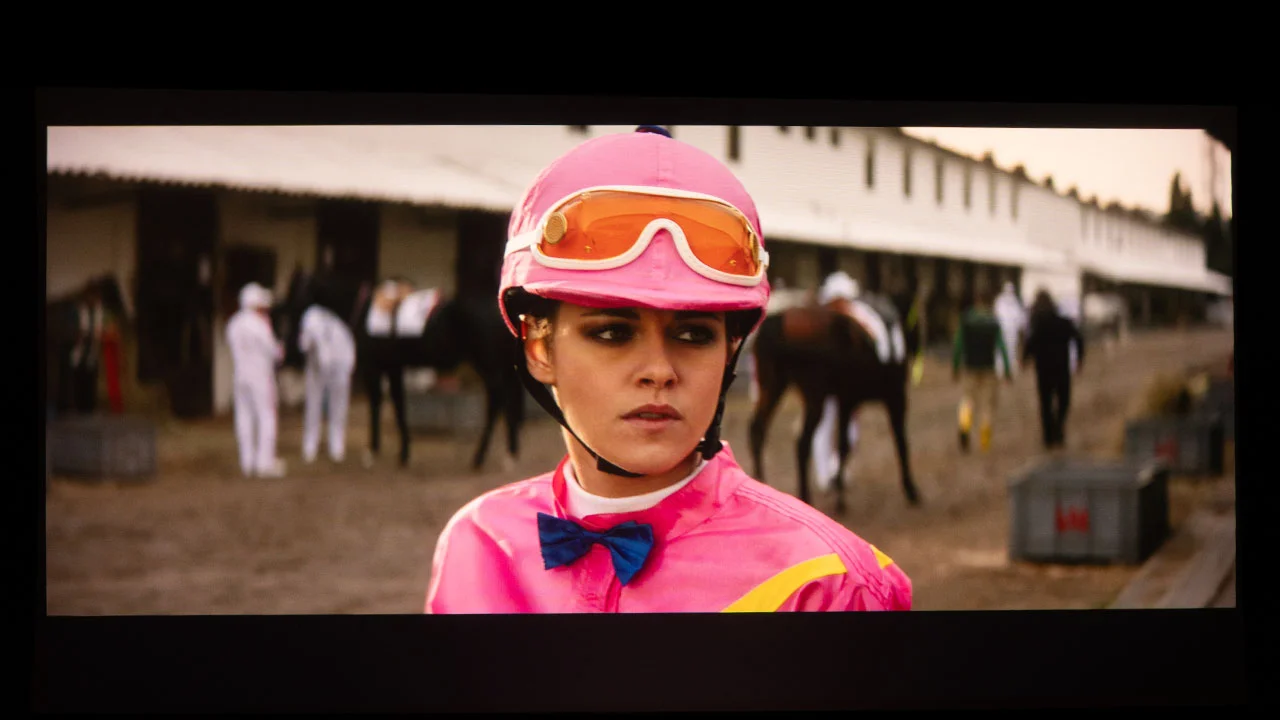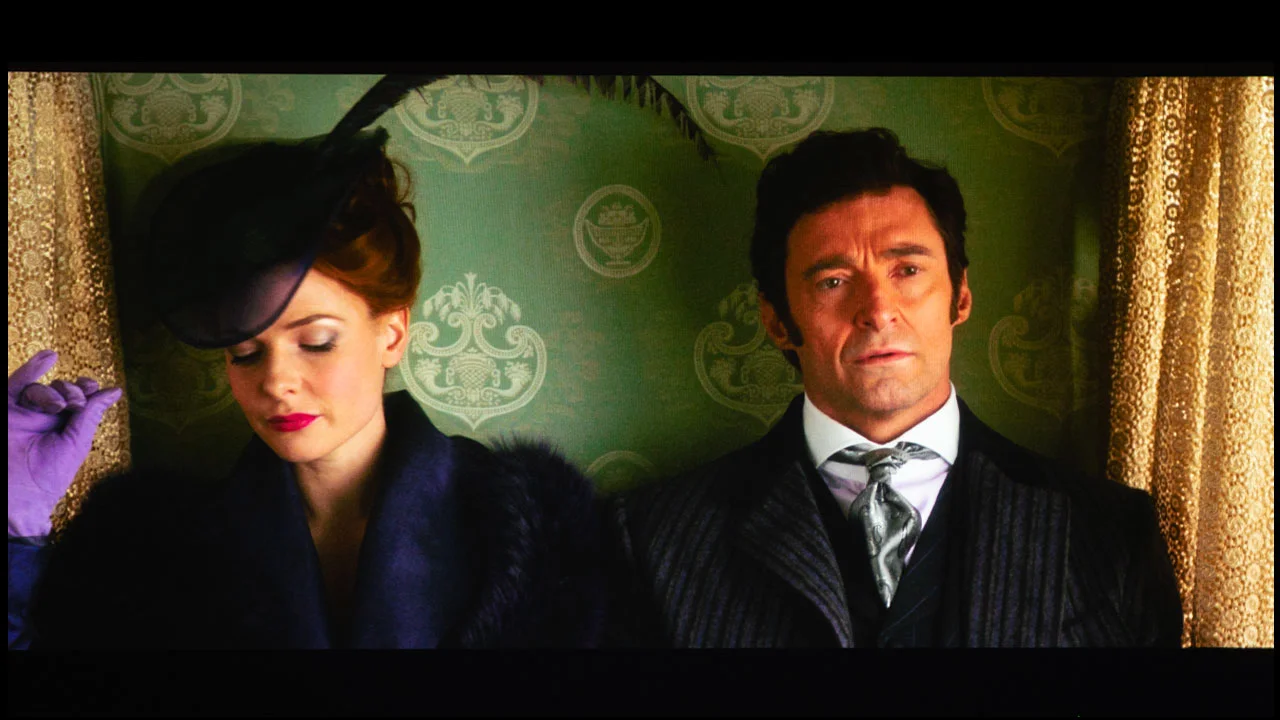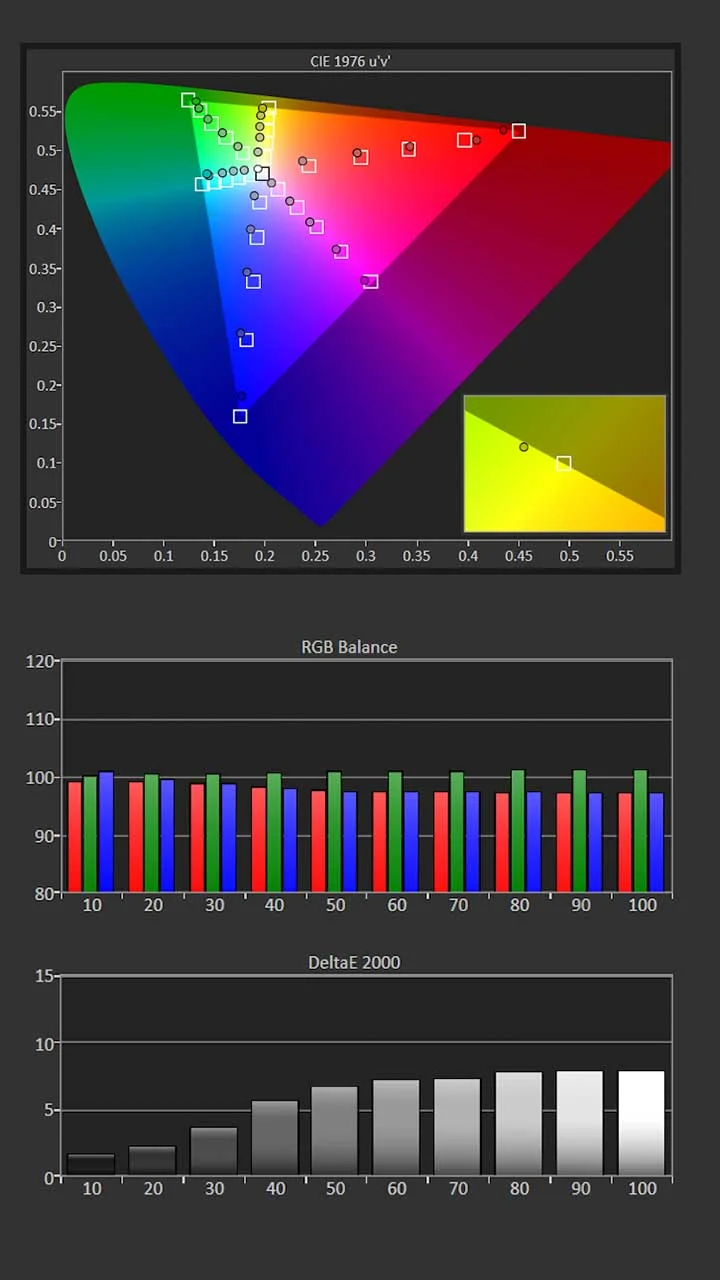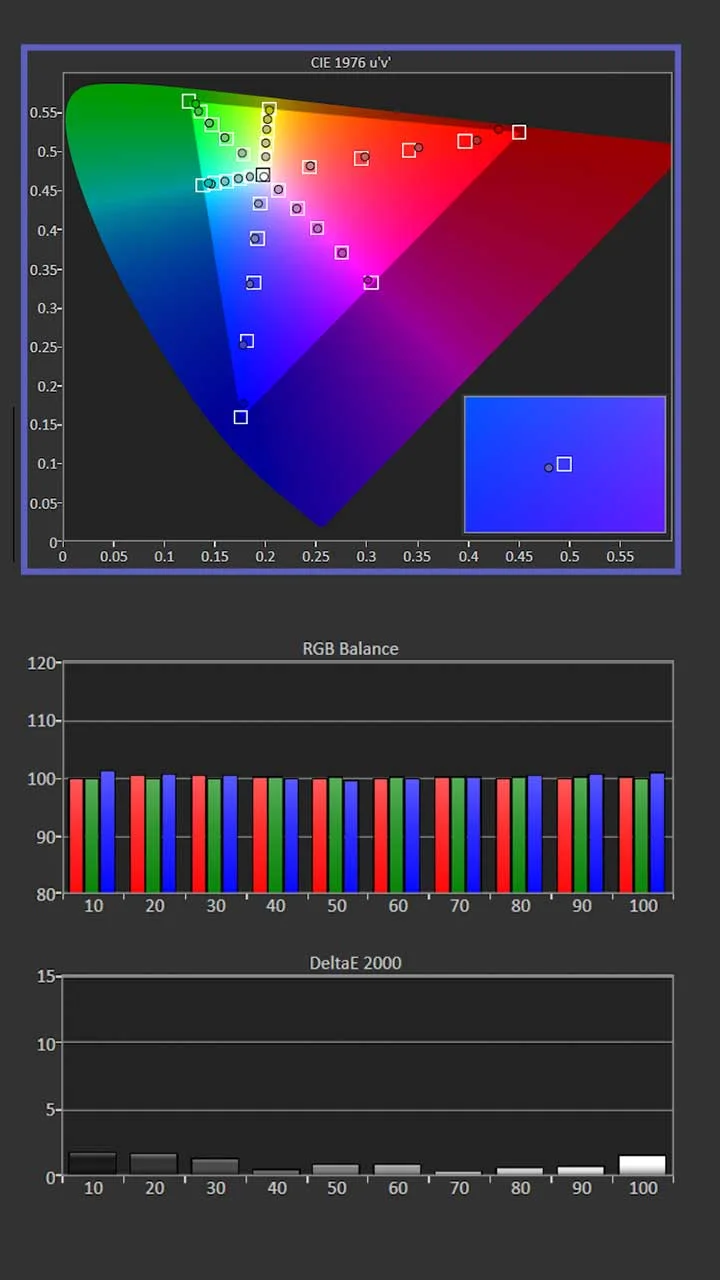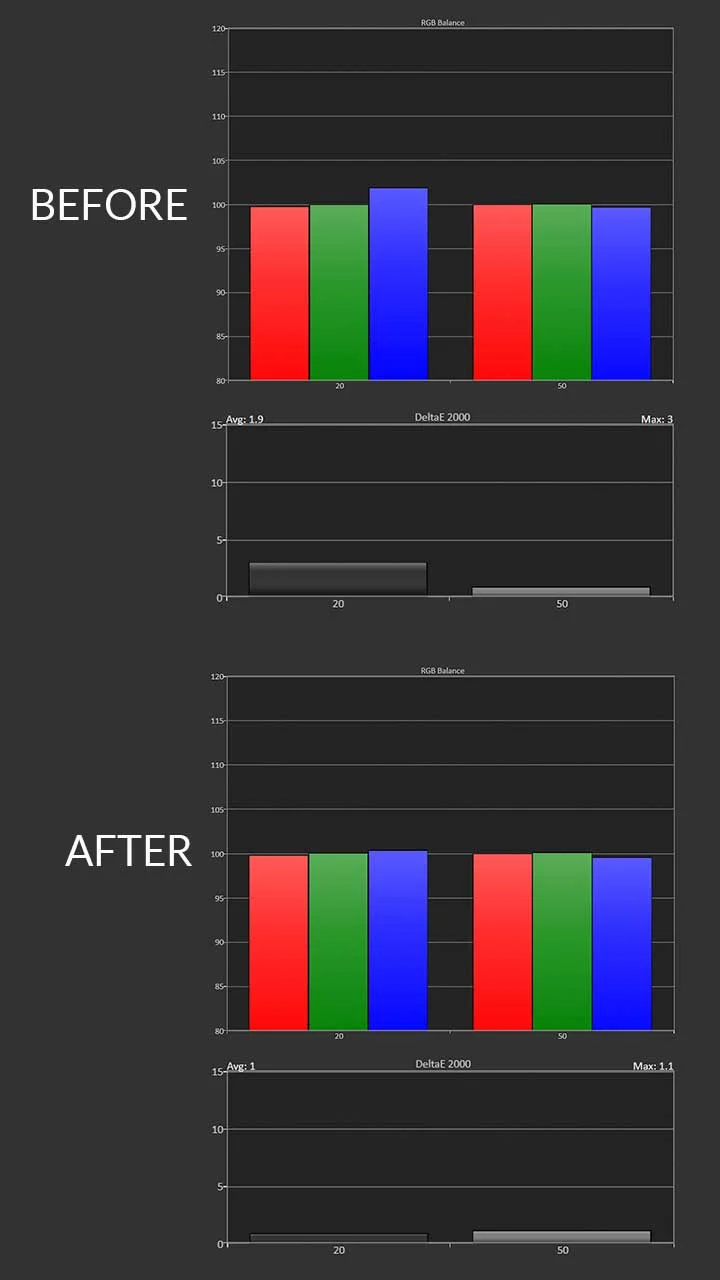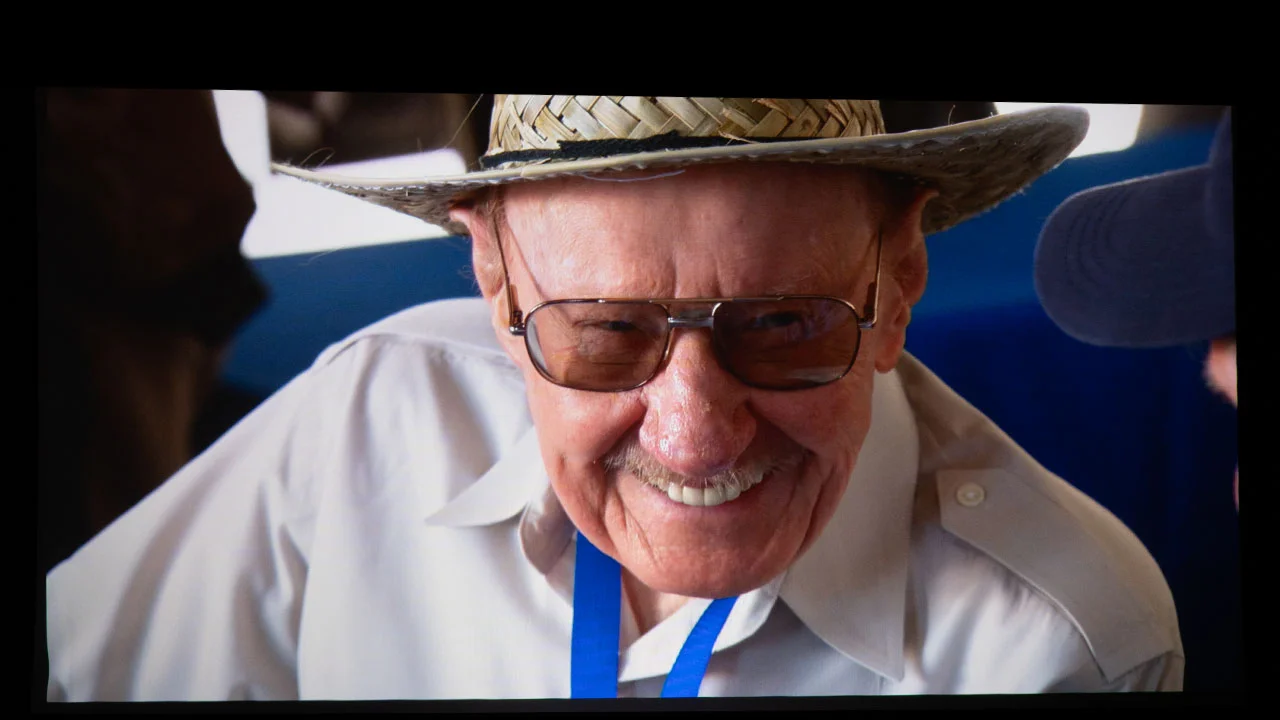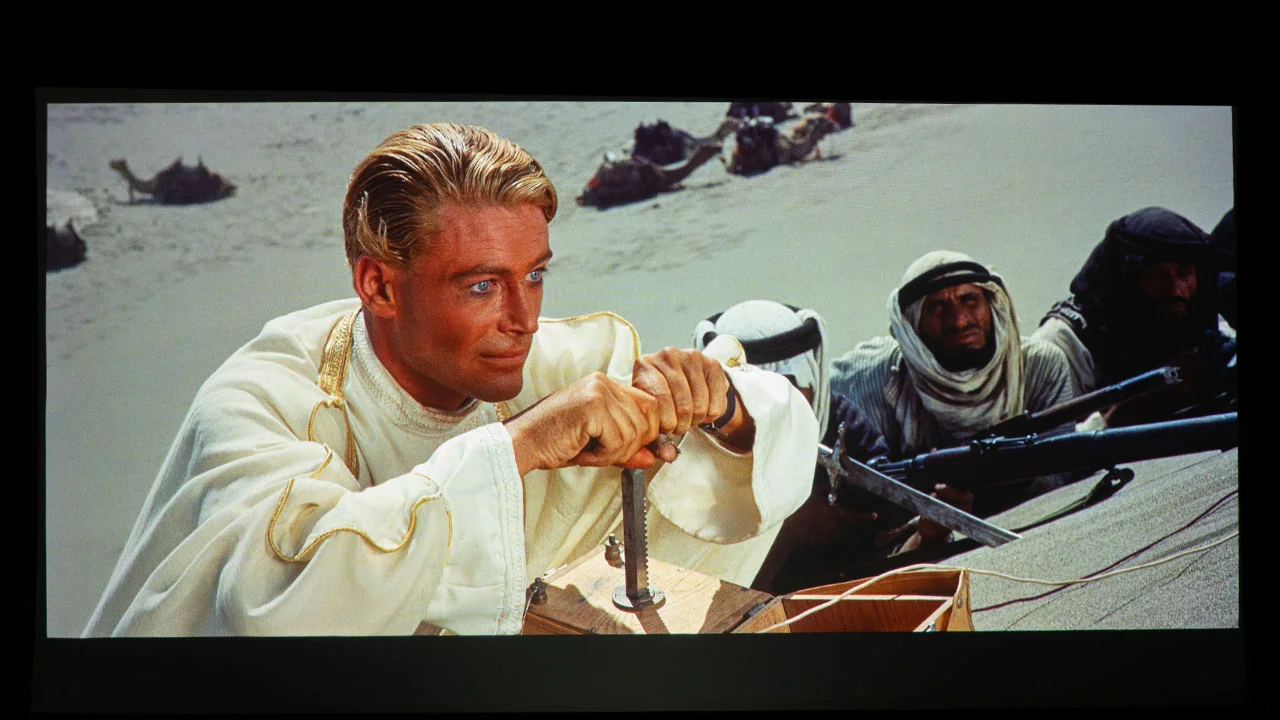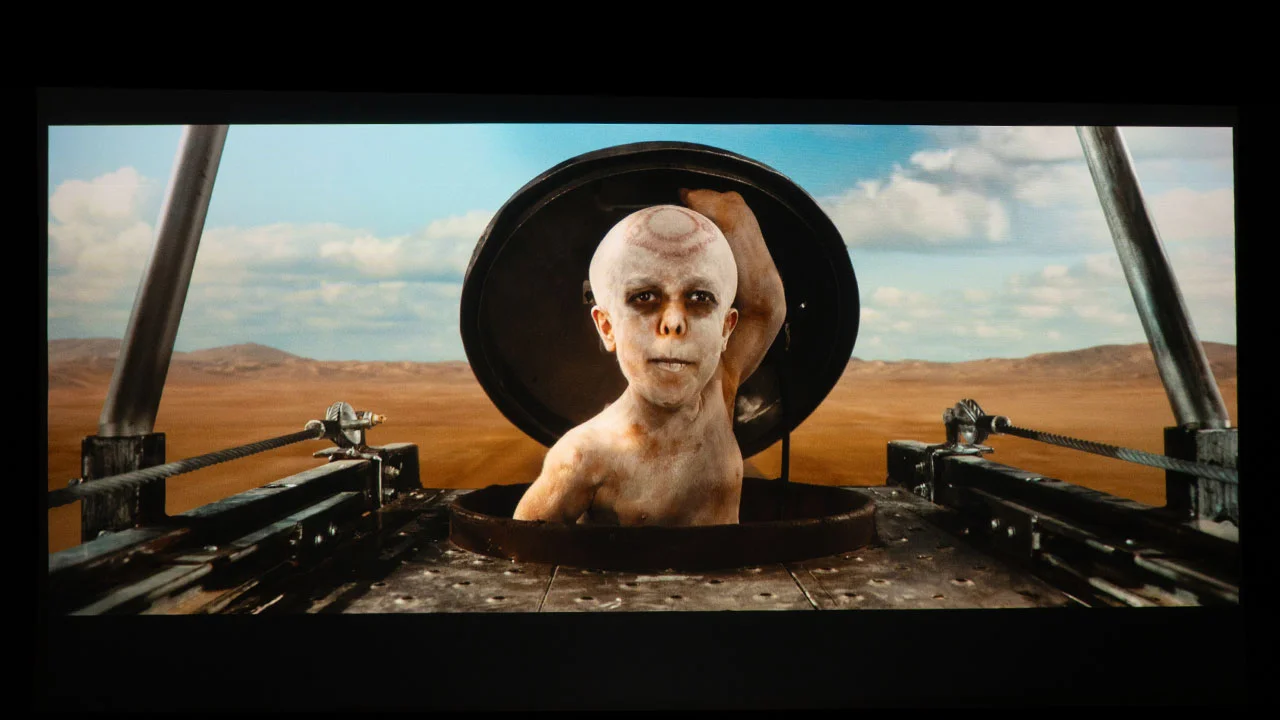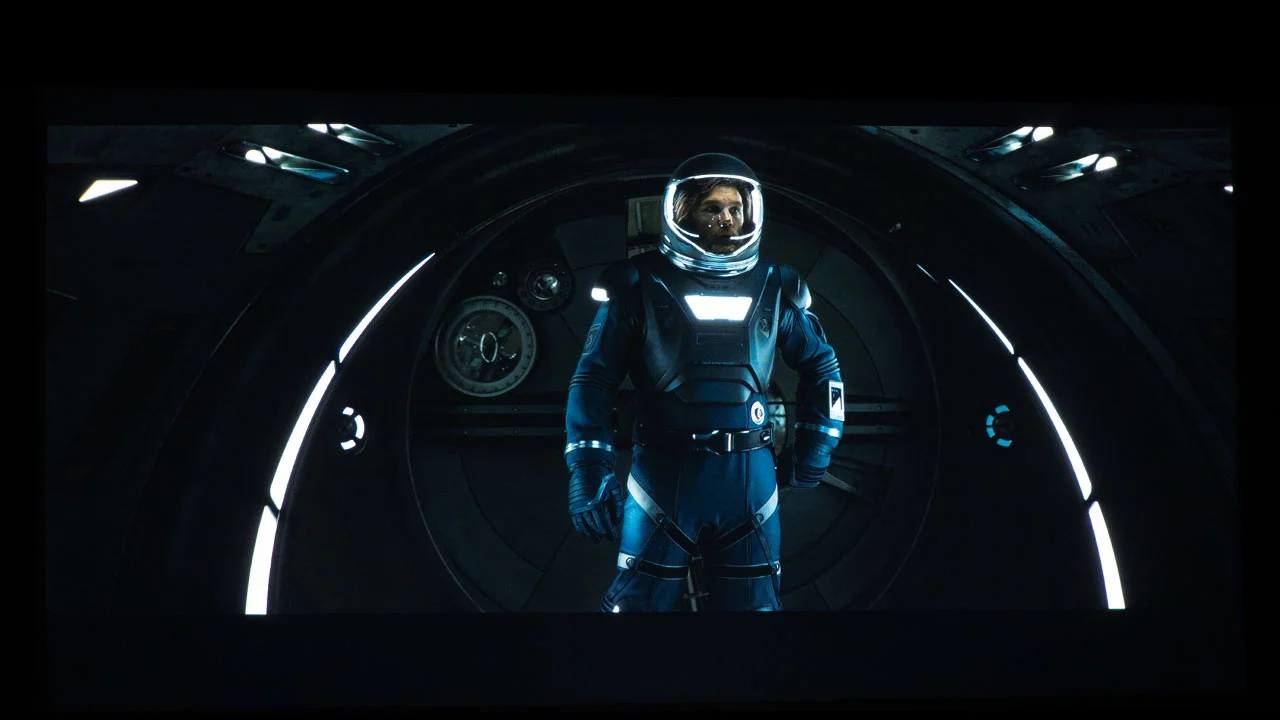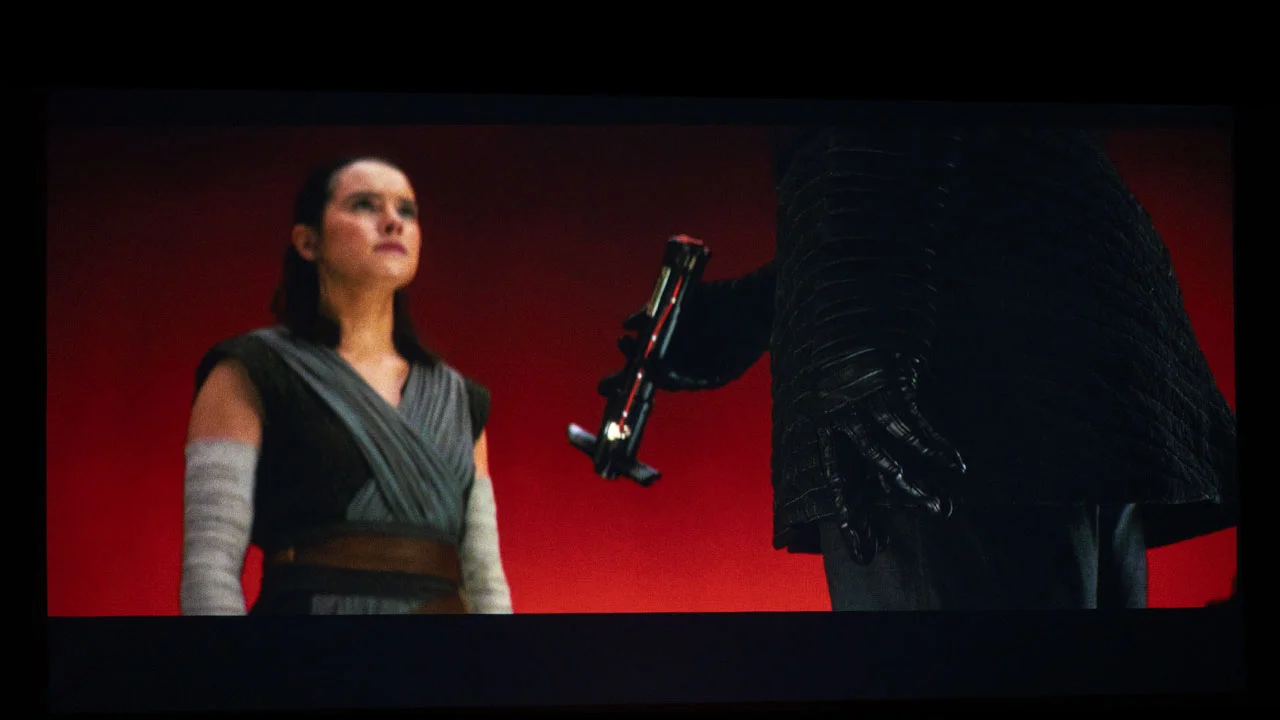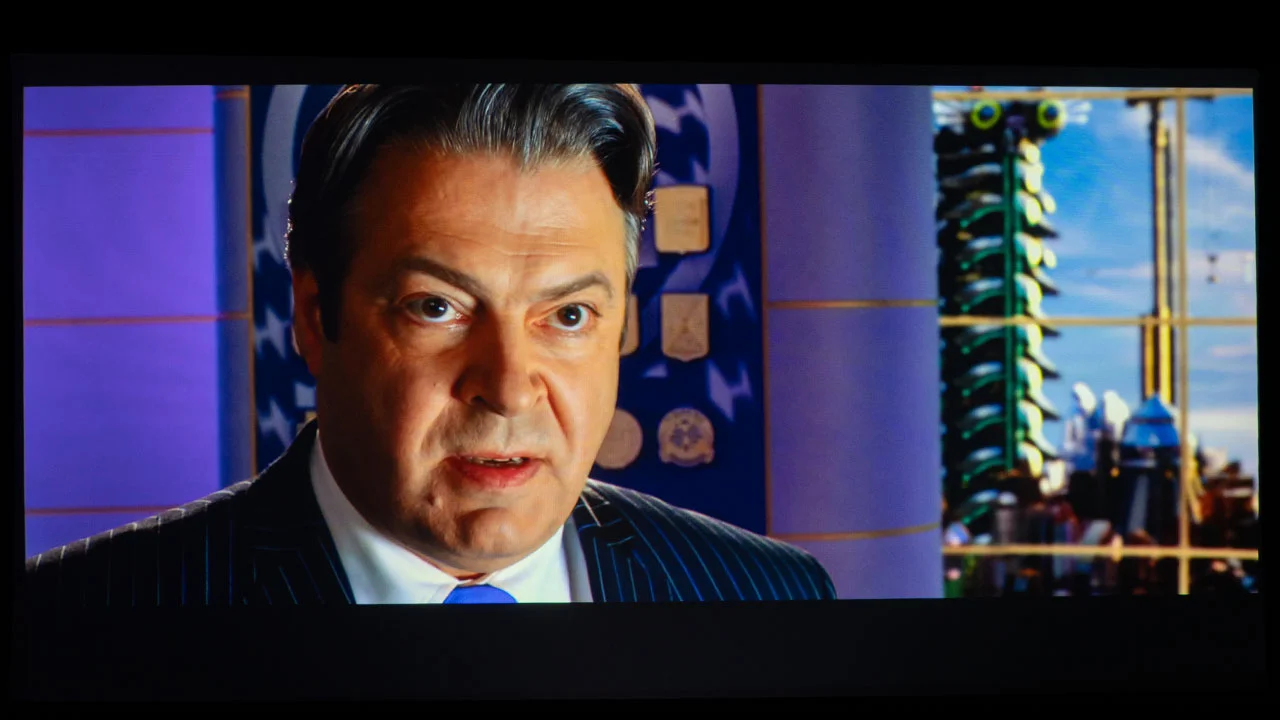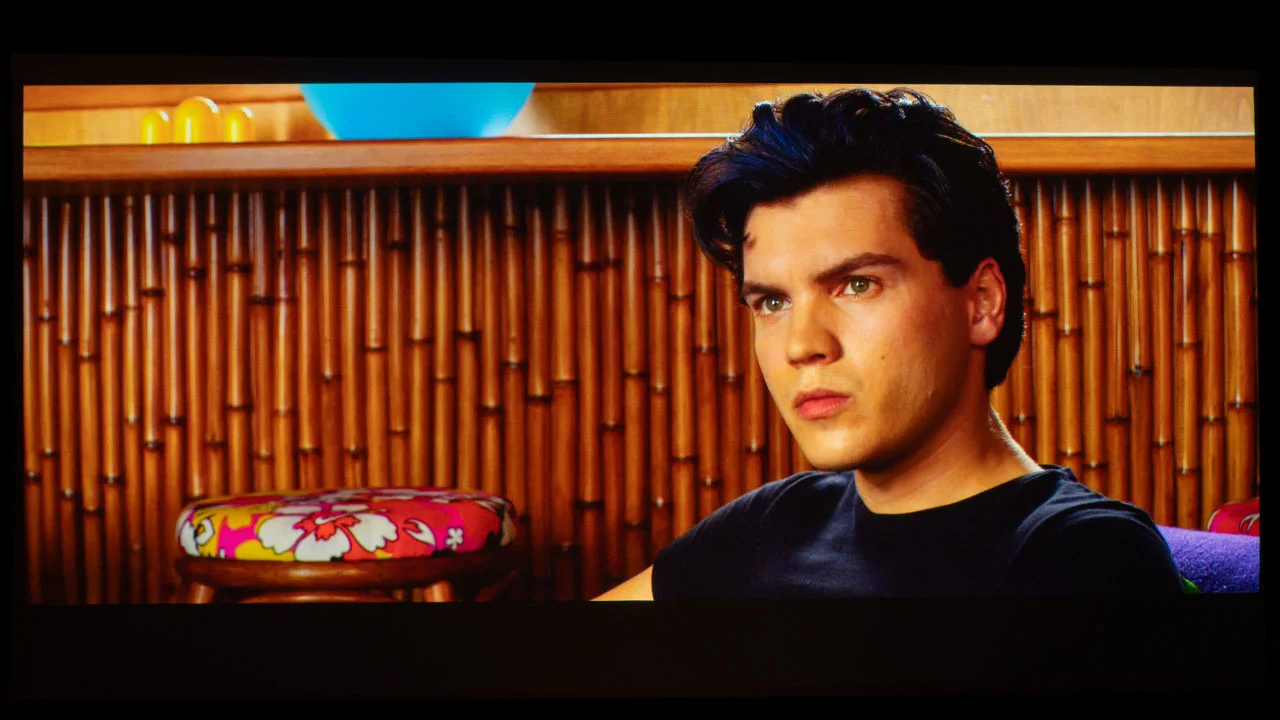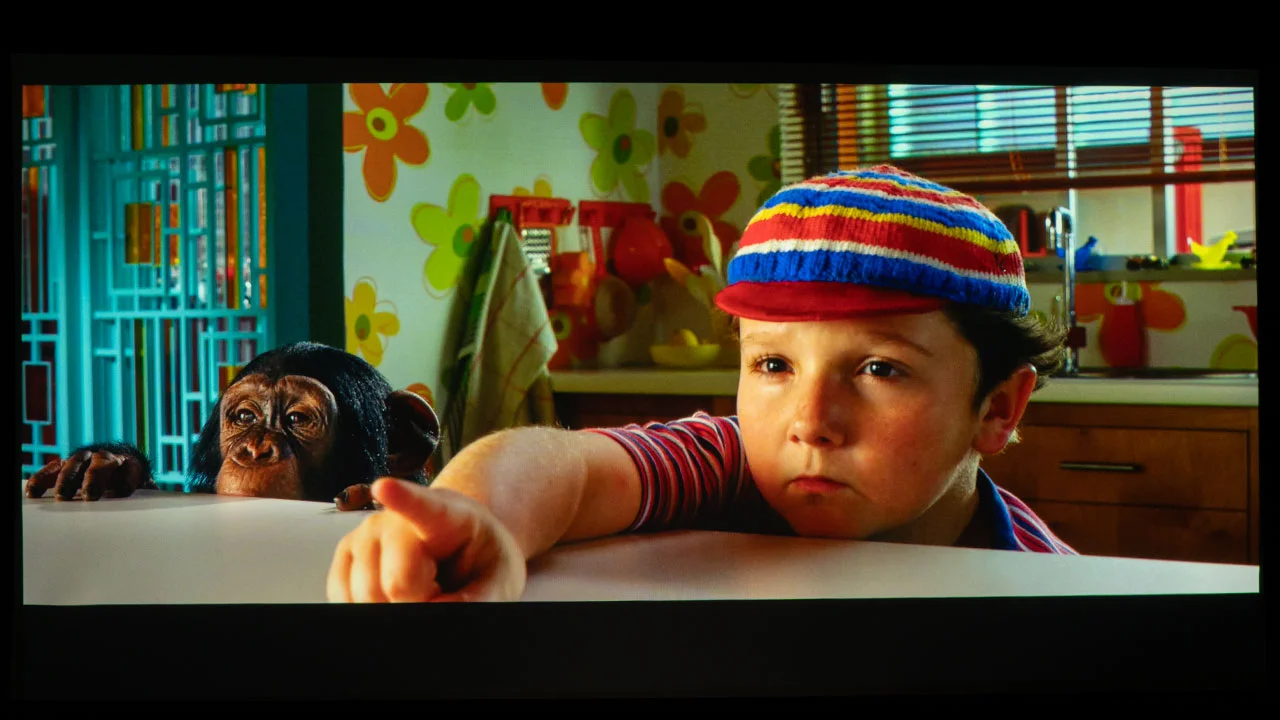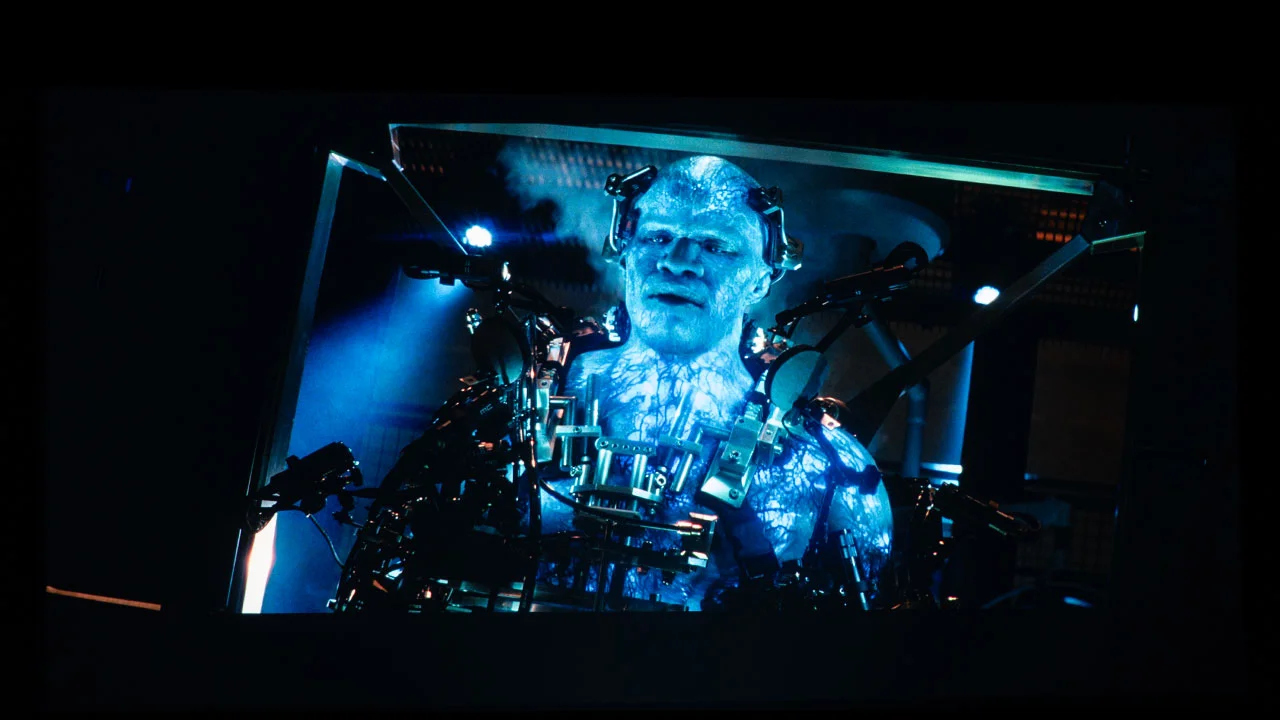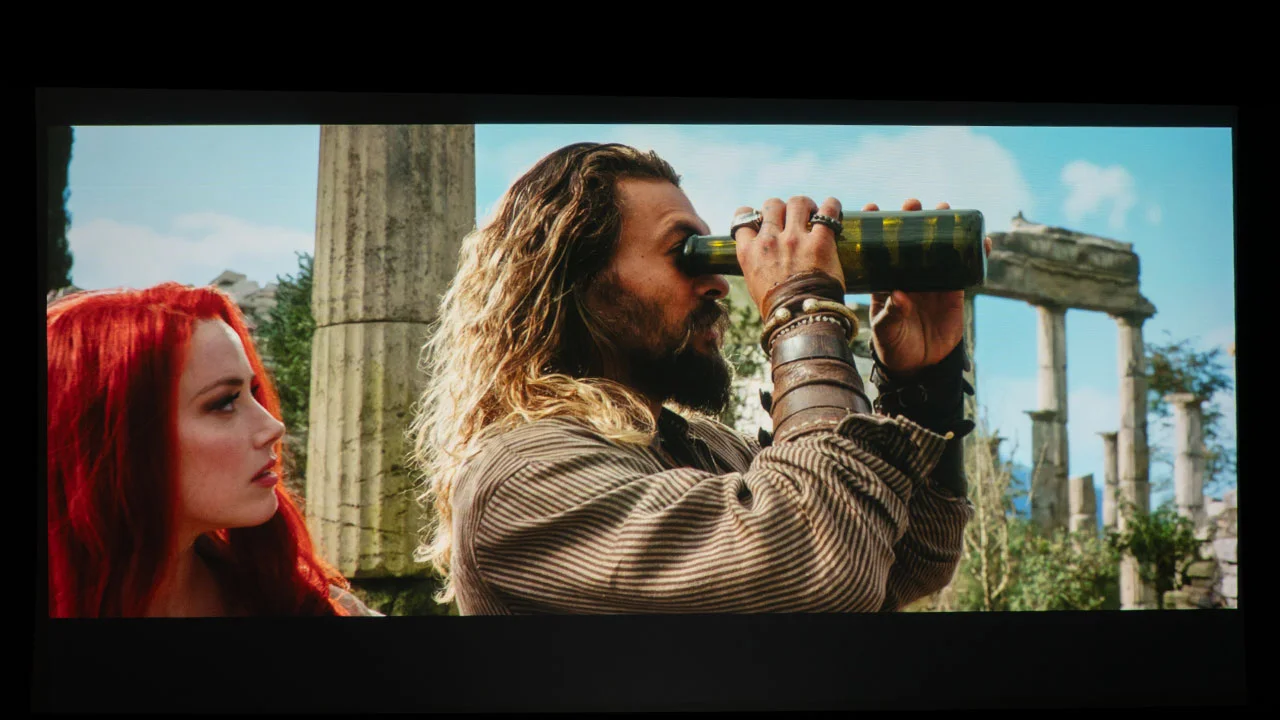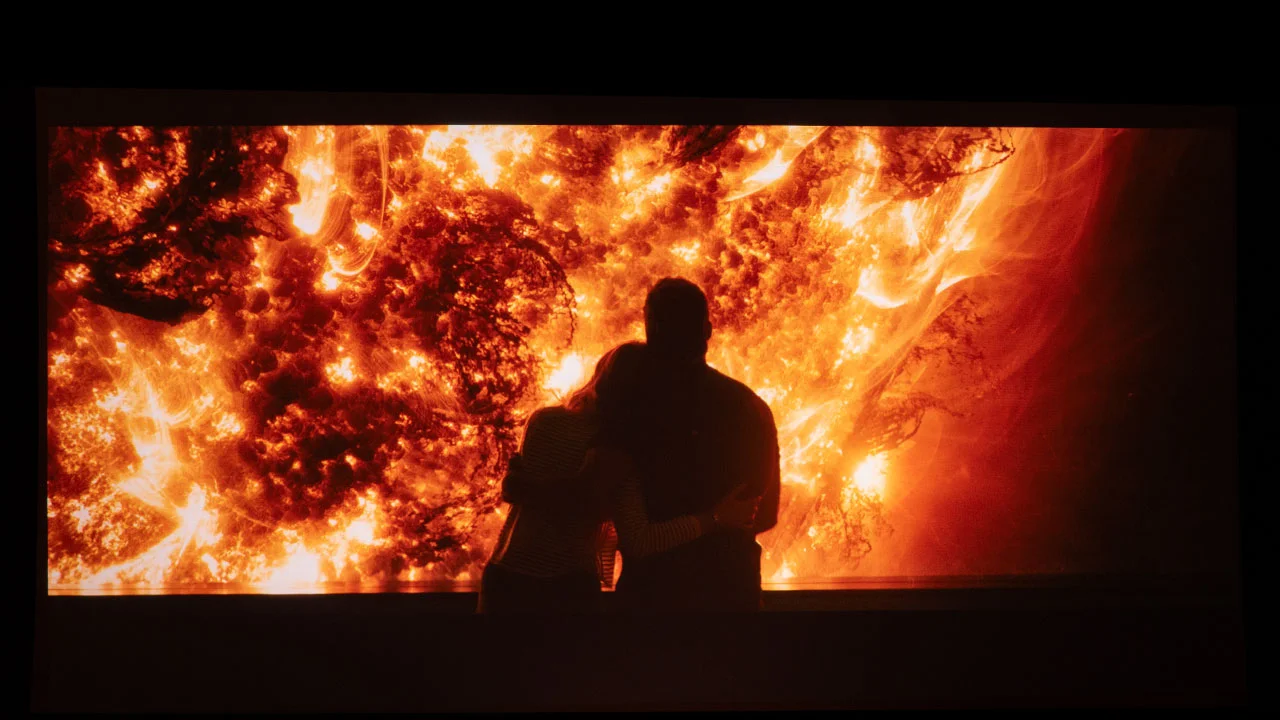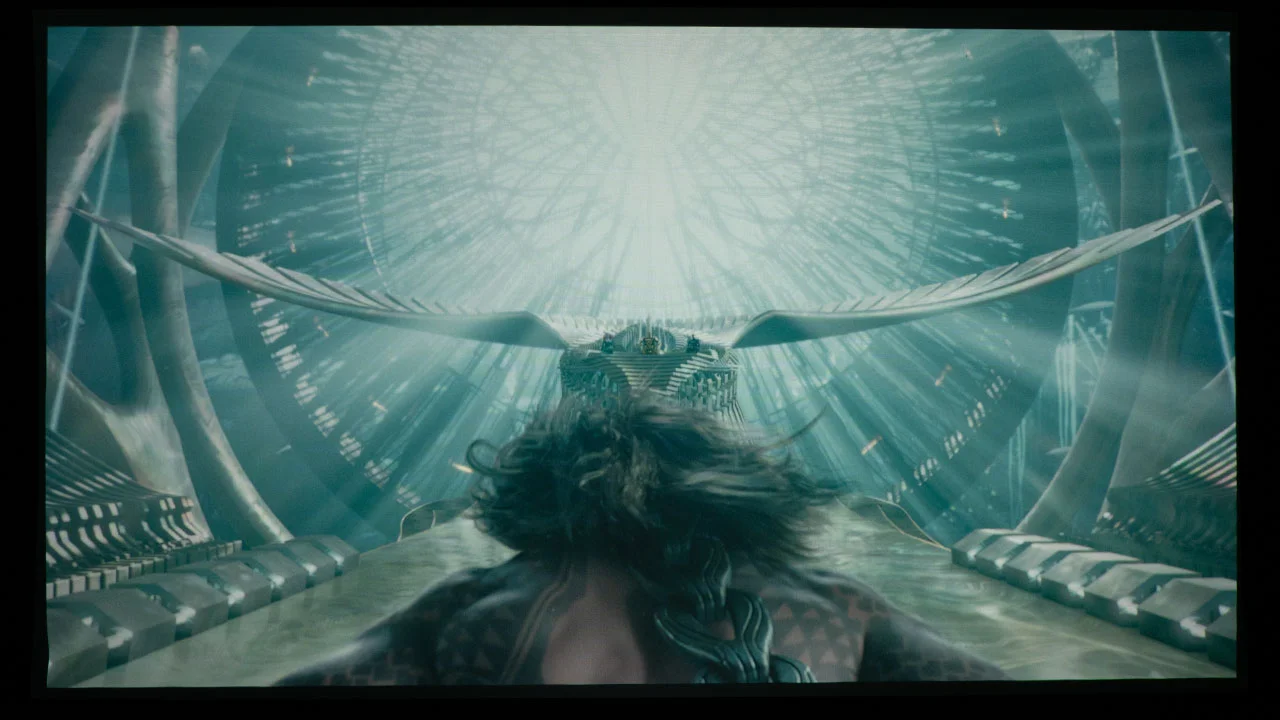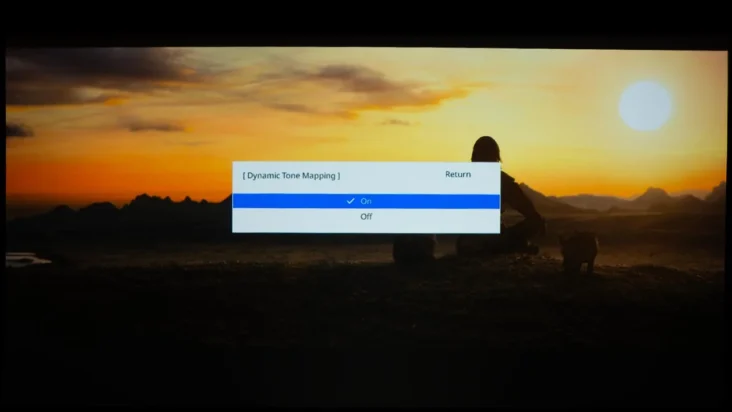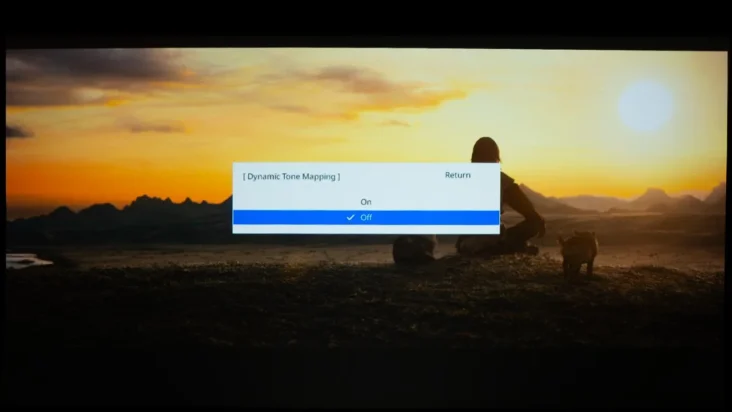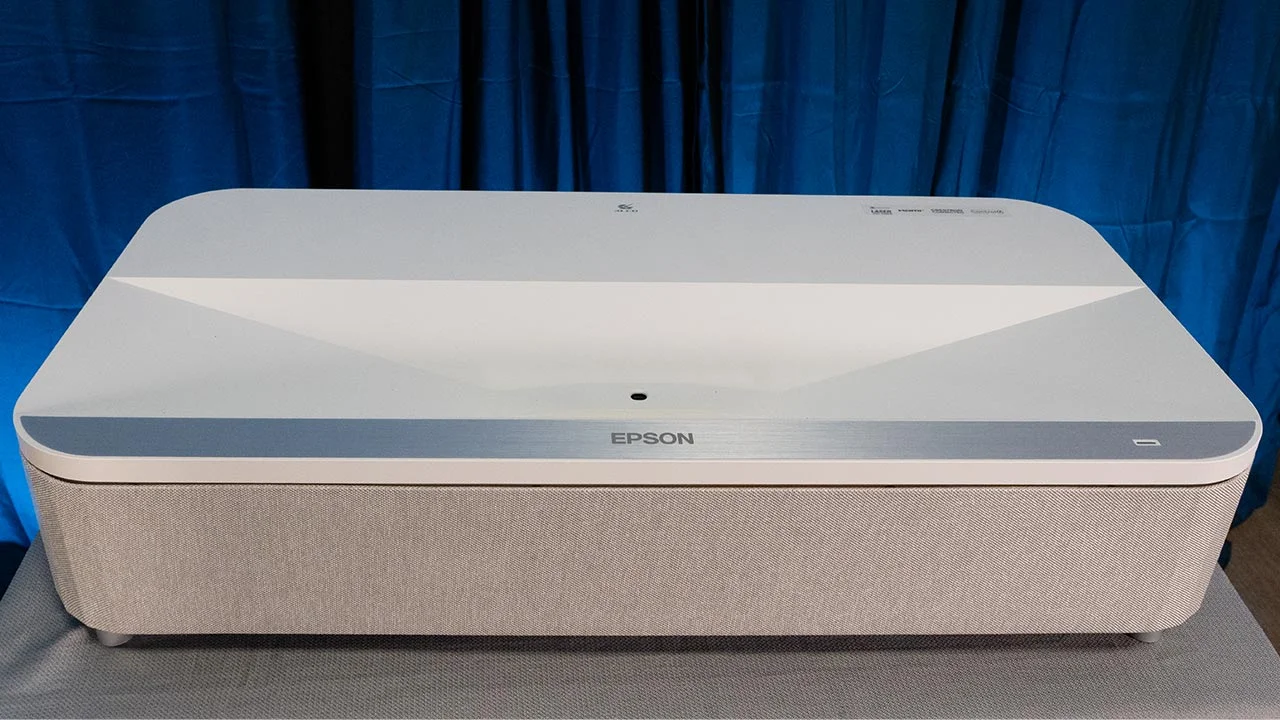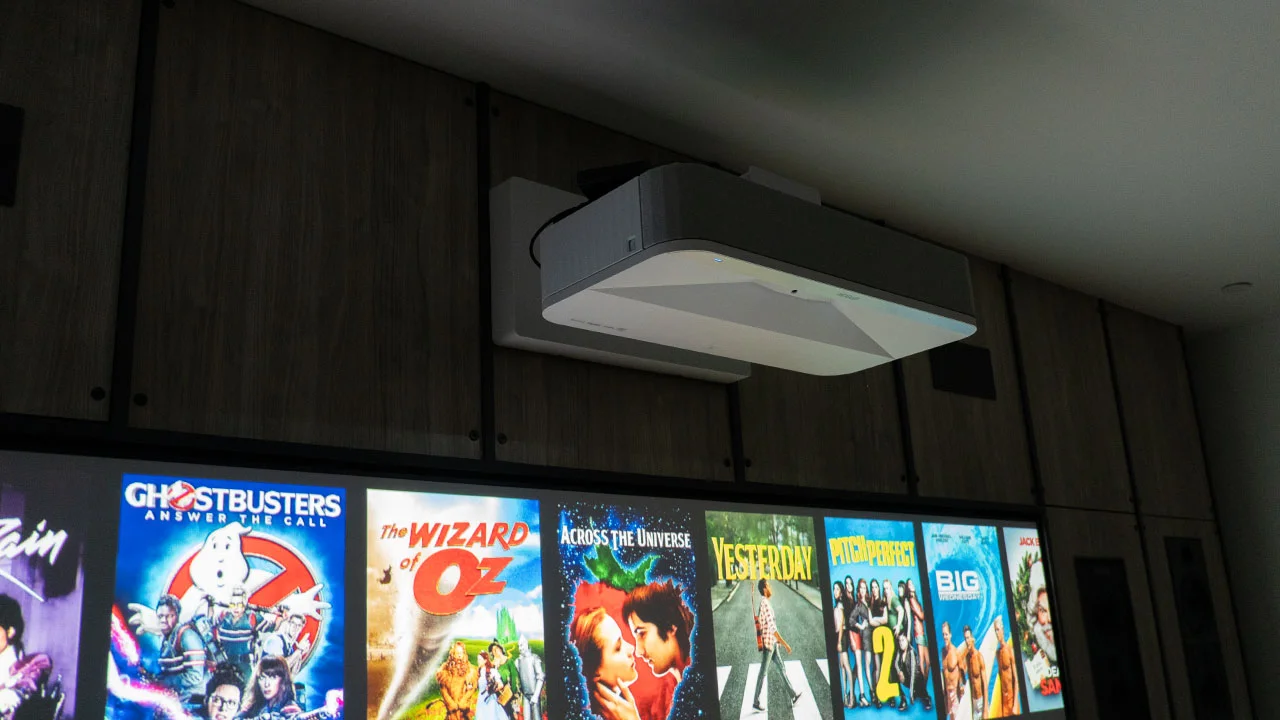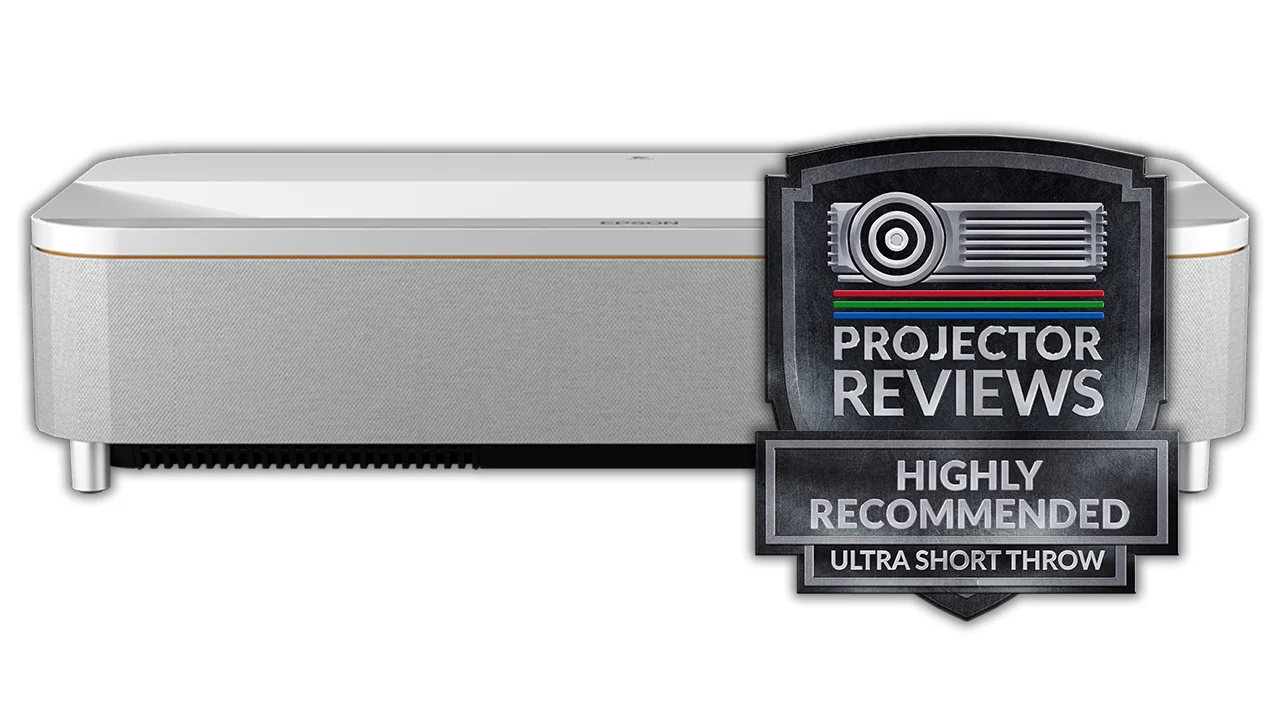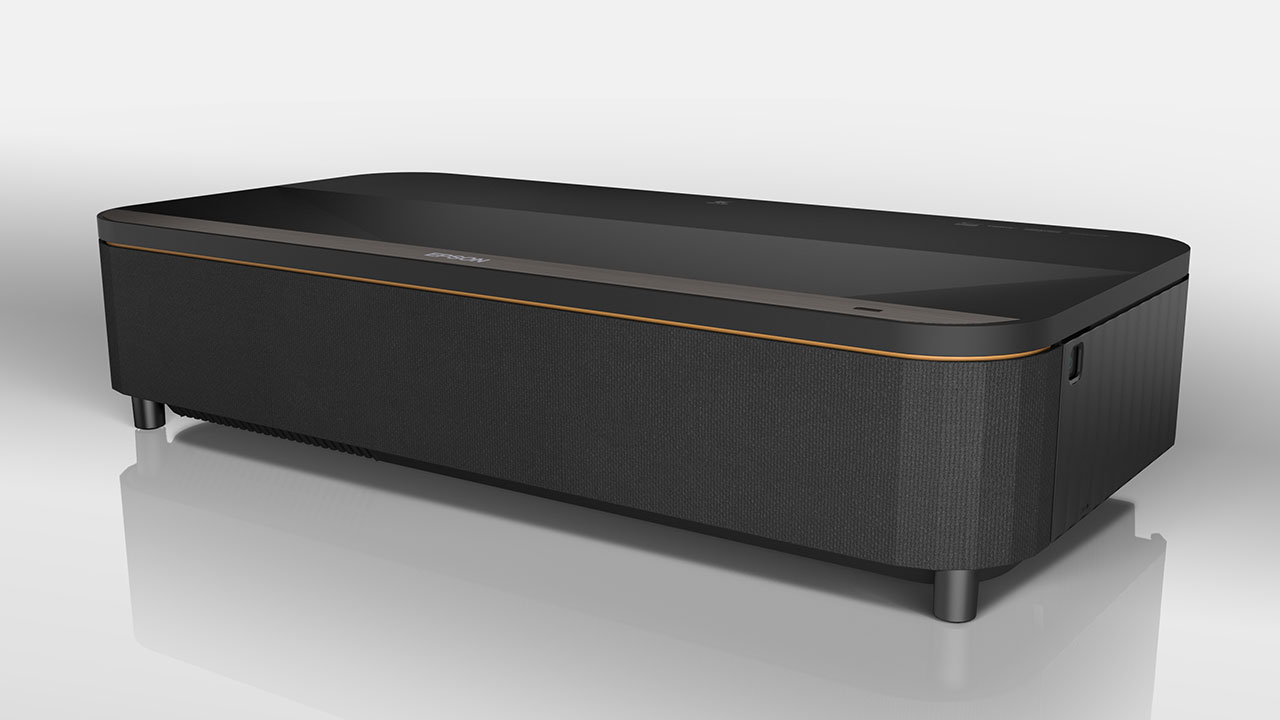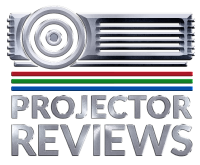The QS100 is a 4K PRO-UHD ultra-short-throw (UST) laser projector that retails for $4,999 and is designed specifically for custom integrators. The QS100 can deliver 4500 lumens of brightness and has a dynamic contrast ratio of 5,0000,000:1.
The QS100 uses native 1080P 3LCD panels and is equipped with a version of Epson’s 4K UHD Pro technology. This feature combines advanced 2-way pixel-shifting technology to double the onscreen resolution from 2.2 million to 4.4 million pixels.
Due to its blue laser phosphor light source, it can deliver a rated brightness of 4,500 lumens for color and white light output. High brightness combined with Epson’s proprietary 32-bit QZX Picture Processor, which enables dynamic HDR tone mapping, should deliver excellent picture quality whether you are watching movies or gaming.
Laser TVs continue to gain popularity among home entertainment enthusiasts. Since they are ultra-short-throw projectors, they can deliver massive images from just inches away. The fact that they include smart features and a built-in sound system makes them a viable replacement for a flat-panel TV in many environments.
Over the past few years, Epson’s portion of the Laser TV market has grown significantly. The Epson EpiqVision Ultra LS800, due to its high brightness, integrated Android TV platform, and Yamaha 2.1 sound system, is one of the highest-rated Laser TVs. The LS800 is also unique because it is one of the only 3LCD smart ultra-short-throw projectors on the market.
The newly released QS100 and LS800 appear similar at first glance, but they are designed with distinctly different users in mind. While the LS800 is an all-in-one entertainment solution designed for mainstream consumers, the QS100 is tailored for discerning users and professional custom installations.
Although it shares the LS800’s core imaging technology, the QS100 introduces a suite of performance enhancements, calibration tools, and system integration features that make it a more suitable choice for videophiles and custom installers.
The LS800 is ideal for users seeking an all-in-one solution, where setup simplicity and convenience are top priorities. Its onboard audio may not replace a true surround system, but it performs well enough to satisfy most day-to-day viewing needs. On the other hand, the QS100 is engineered for users who already have, or plan to build, a more sophisticated audio environment.
The QS100 is available in black-and-white models through Epson's authorized dealers. The QS100 is the newest addition to its Q-Series lineup of premium residential projectors like the QB1000 and QL3000. It is designed as a premium option for great rooms and modern media spaces.

